Conversions

This is a guest post from Mark Luis of Printingblue. Mark believes in fostering strong client relationships and providing strategic guidance to help businesses harness the power of print and packaging solutions to achieve their goals. Product packaging is often the first touchpoint between a brand and its customer, and the print quality can make...
By Guest on June 10, 2025

This article was written by Stephanie Richter. Stephanie is the CEO and co-founder of Adspert, a leading AI-driven optimization software for Amazon and other eCommerce platforms. Amazon Prime Day is a massive opportunity for sellers to skyrocket their sales, gain brand exposure, and outpace competitors with the strategic use of Amazon Ads. But for every success...
By Guest on May 20, 2025

Imagine it’s a chilly November evening, and you’re scrolling through an online store. You suddenly spot a limited-edition holiday item perfectly timed for the season so, without hesitation, you hit Add to Cart. That satisfying moment captures the magic of seasonal trends. For business owners, adapting to these trends doesn’t only entail listing themed products;...
By Rachel Andrea Go on February 25, 2025

Amazon’s latest earnings call revealed yet another record-breaking milestone, one that didn’t make major headlines but is critical for understanding the future of eCommerce. 62% of all units sold on Amazon in Q4 came from third-party sellers. That’s the highest proportion ever recorded, and it signals a massive shift in how Amazon operates, where revenue...
By Tom Wicky on February 12, 2025

Amazon listings show the number of items purchased in the last month. This represents a shift toward greater transparency based on recent customer feedback, compared to the previously aggregated reviews over a listing’s lifetime. Source That display does more than simply track sales — it enhances seller listings and builds credibility, subtly nudging potential buyers...
By Rachel Andrea Go on February 06, 2025

For Amazon buyers, the Amazon Featured Offer is a nice design element that provides seamless shopping. But for sellers, it’s a golden ticket. Winning it places your product front and center to capture a majority of sales. However, having the lowest price isn’t enough to secure this coveted feature — Amazon looks at everything from...
By Rachel Andrea Go on February 04, 2025
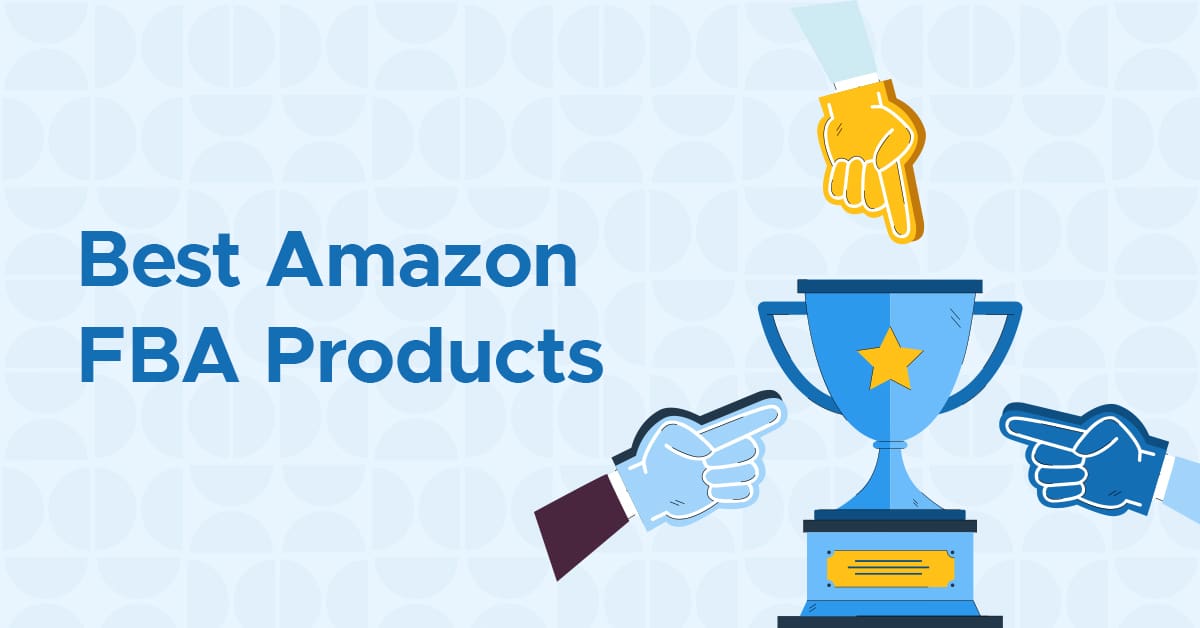
In the FBA program, Amazon handles product sales, customer service, logistics, and returns for participating sellers. While you still want to invest in merchandising, marketing, and product sourcing, FBA is an easy gateway into eCommerce, whether you manufacture your own products or decide to be a reseller. That being said, what are the best Amazon...
By Brandy Cross on December 31, 2024

In today’s digitally dominant world, breaking into eCommerce isn’t just an optional approach for merchants — it’s a must for those who want to thrive. With more and more shoppers purchasing online, there are incredible opportunities to reach new customers, expand to global markets, and run your business 24/7 without consuming all your time. But...
By Rachel Andrea Go on December 02, 2024

Artificial intelligence (AI) is rapidly transforming eCommerce, bringing benefits as well as challenges. Businesses are adopting AI to streamline operations, personalize the customer experience, and boost sales. However, ethical considerations and potential misuse of AI technology have given rise to new concerns. Keep reading as we explore the rapidly expanding role of AI and eCommerce,...
By Taylor Meeker on November 14, 2024
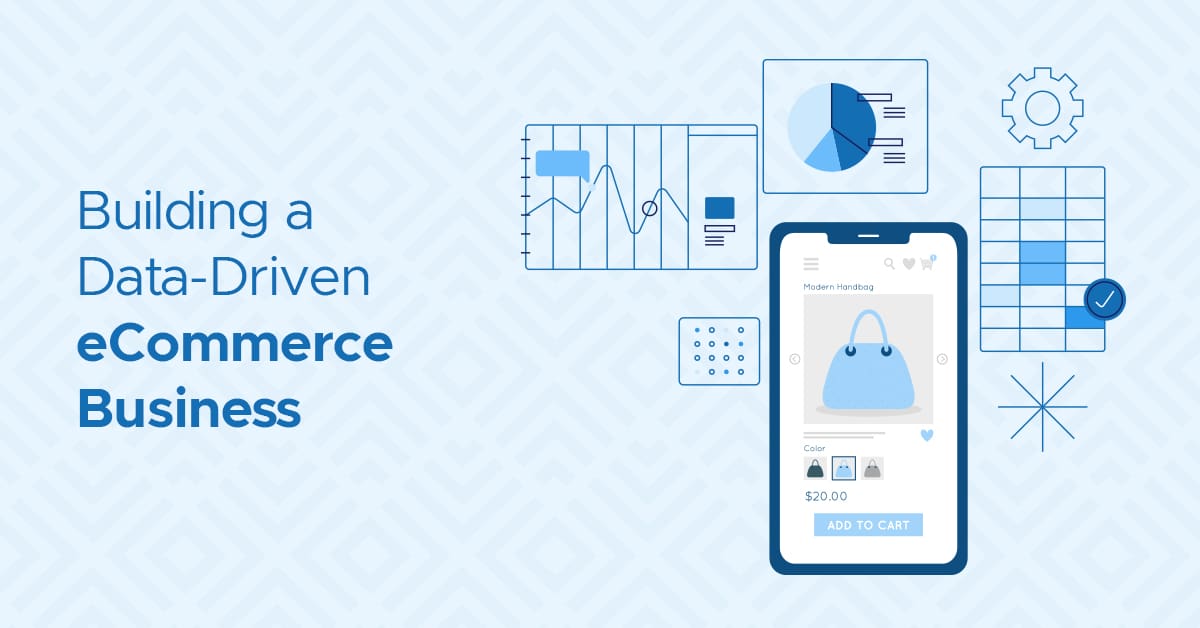
In today’s fiercely competitive online environment, data isn’t a luxury — it’s the fuel that propels businesses forward. Whether you sell on Amazon or are building your own storefront, embracing an eCommerce data analytics approach unlocks numerous benefits. Imagine optimizing your marketing campaigns, streamlining operations, and managing inventory with laser precision. This is the power...
By Rachel Andrea Go on November 12, 2024

The world of eCommerce thrives on the harmonious interplay of creativity and technology. Success in this space hinges on eCommerce retailers’ ability to integrate these seemingly disparate forces seamlessly. This requires a nuanced understanding of both, as well as the fostering of effective collaboration among the creative and technical teams that drive them. Drawing on...
By Taylor Meeker on October 22, 2024
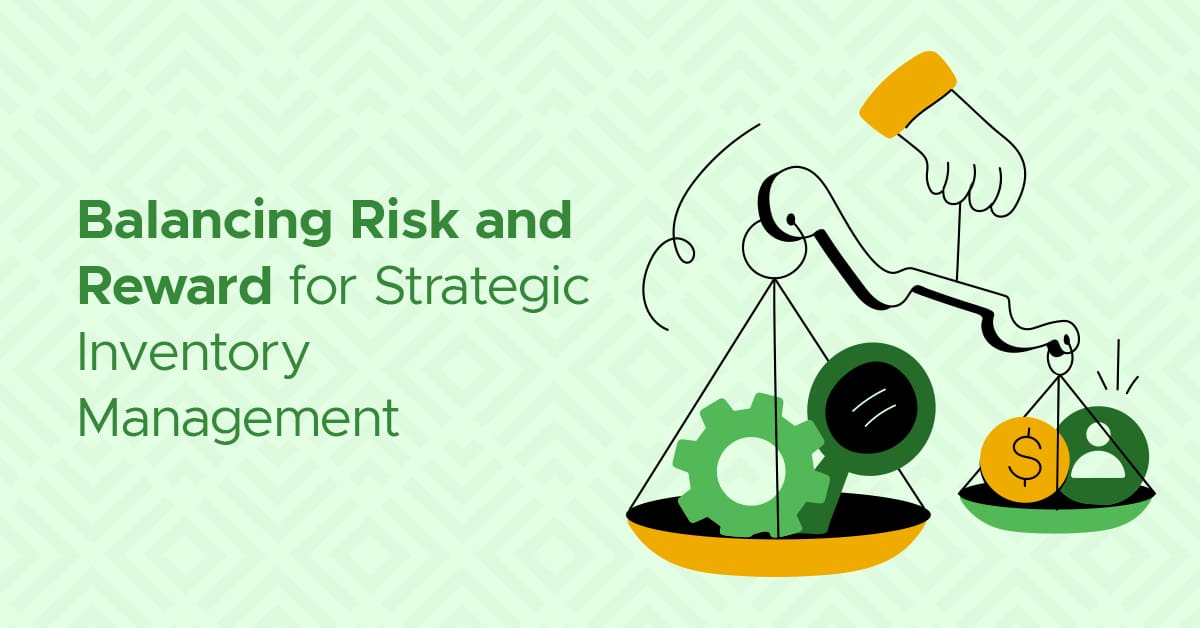
In the cutthroat world of online retail (and especially on Amazon), having the right amount of stock is critical. Too much ties up cash flow, while too little frustrates customers and hurts your reputation. This article features insights from experts Lesley Hensell of Riverbend Consulting and Chelsea Cohen of SoStocked to explain why mastering inventory...
By Rachel Andrea Go on October 15, 2024
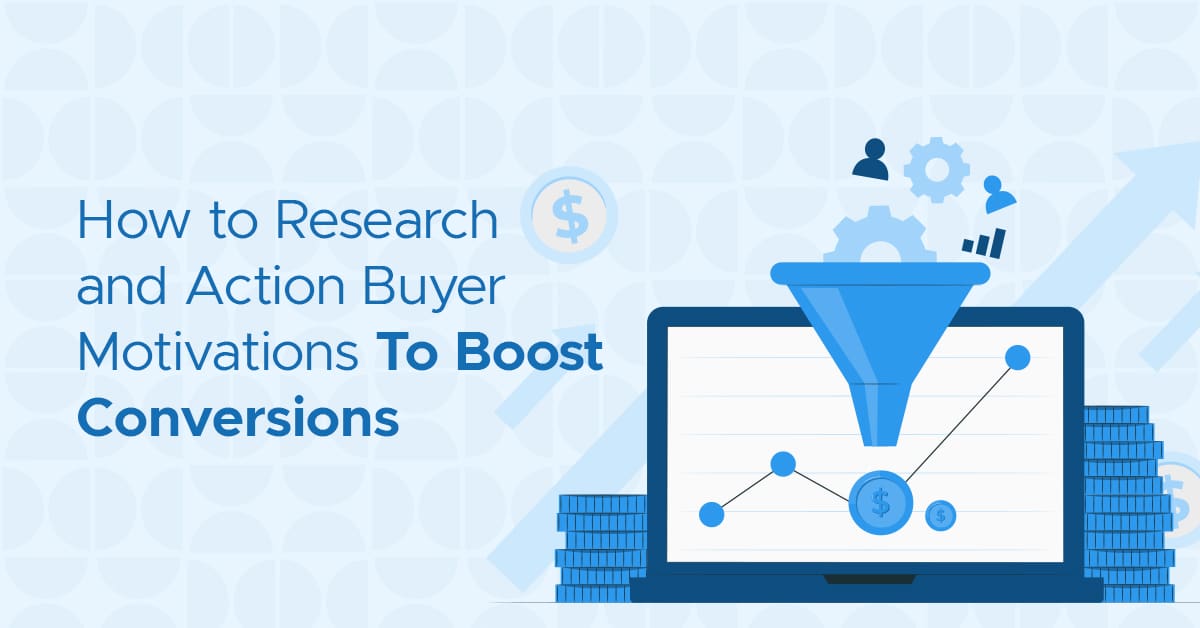
Through sentiment analysis, businesses can tap into the emotions and preferences that influence purchasing decisions. This approach involves analyzing customer feedback, reviews, and social media interactions to identify trends and opinions that can inform marketing strategies. Aligning product offerings and messaging with the insights gained enables businesses to meet customer expectations effectively, which leads to...
By Guest on October 01, 2024
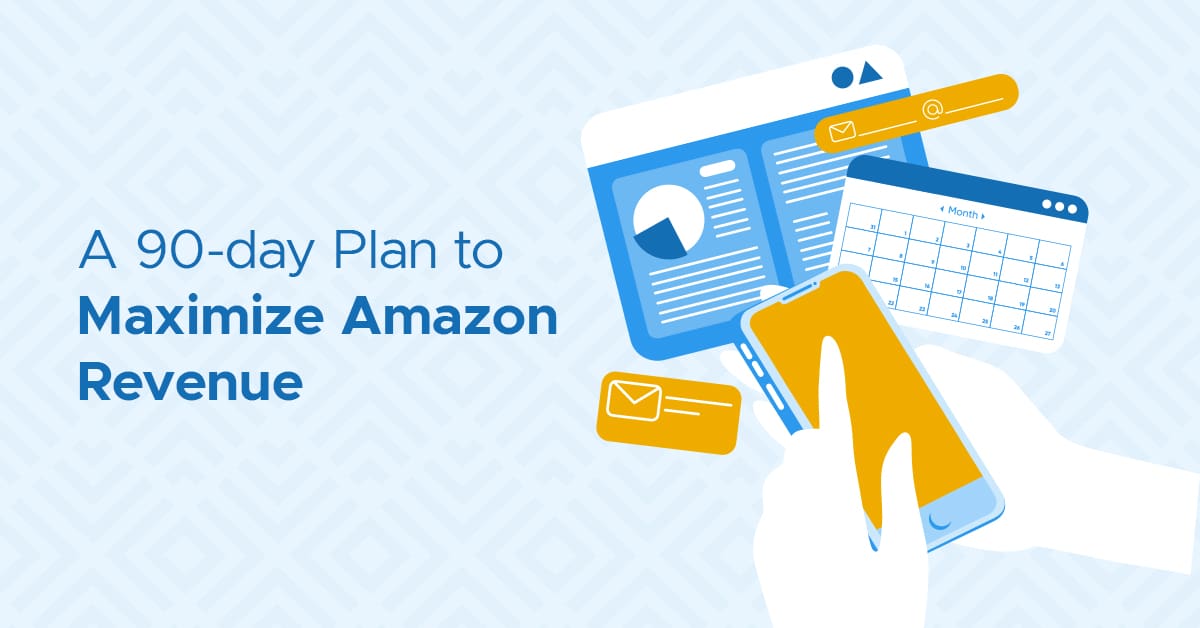
Successful selling on Amazon is the culmination of meticulous planning, marketing, and setting up your business to gain momentum and continue making sales after launch. It requires a strong sales strategy that carefully curates every aspect of your go-to-market strategy to ensure your promotion, product, and infrastructure build a brand that customers know and want...
By Rachel Andrea Go on September 17, 2024

This is a guest post from the HelpCrunch team. Will it sell? This is the question every business owner asks themselves whenever they think of a new product idea. With a local market research though, they can take the guesswork out of the equation. There are many types of market research, and you may need...
By Guest on September 10, 2024

Most eCommerce businesses will likely see their biggest sales during Q4 thanks to the snowball of holiday shopping events. But there are other important eCommerce holiday planning dates and “seasons” throughout the year that you must be aware of to cover all your bases (even the overlooked ones). Sales seasonality is nothing new for retailers,...
By Rachel Andrea Go on August 29, 2024
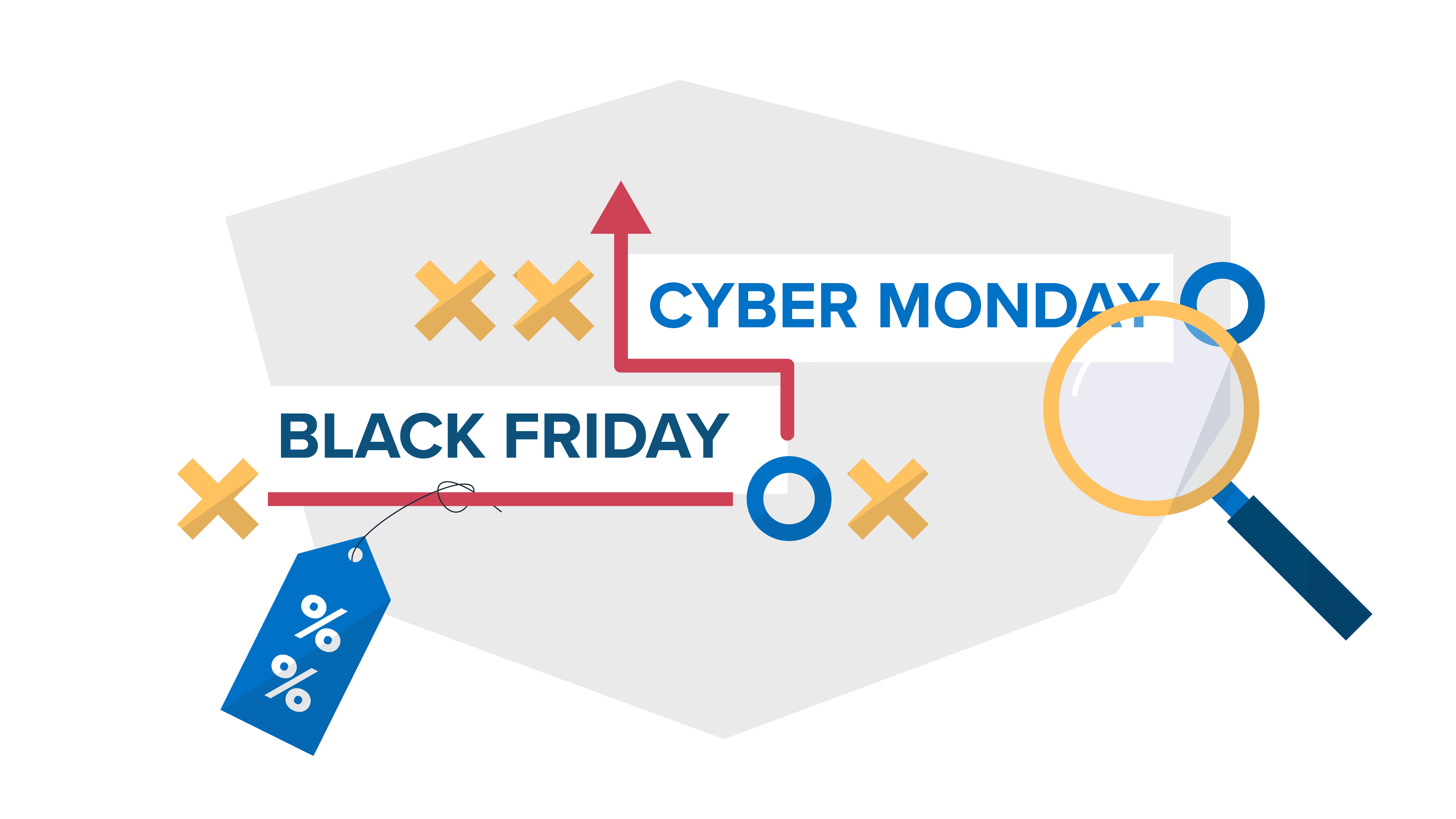
Black Friday and Cyber Monday (BFCM) — historically the busiest shopping weekend of the year. For millions of shoppers, BFCM marketing presents an unmissable opportunity to gain a head start on their holiday shopping and cash in on some massive savings. 2023 brought an expected surge in sales during the annual shopping spree, with merchants...
By Rachel Andrea Go on August 23, 2024
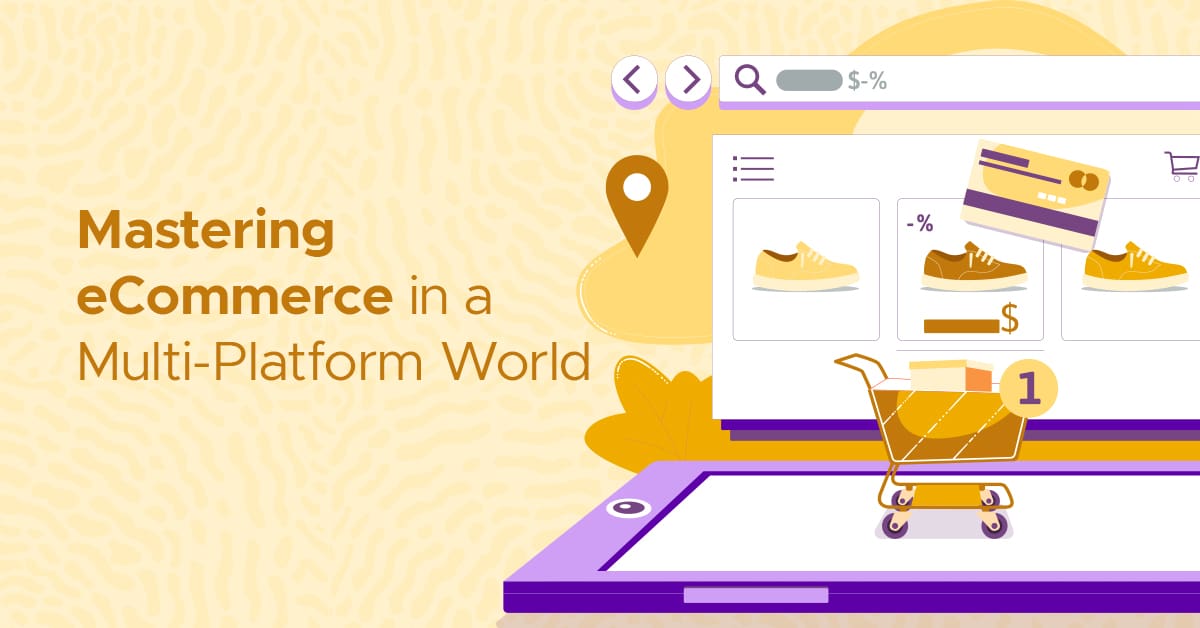
Sustainable growth and resilience in eCommerce all but require a multi-channel strategy. But with multiple platforms vying for merchants’ attention, mastering a multi-channel eCommerce strategy is no simple task. This article draws insights from our interviews with industry veterans Scott Needham and James Thomson to outline the keys to a successful multi-channel eCommerce strategy. The...
By Taylor Meeker on August 16, 2024
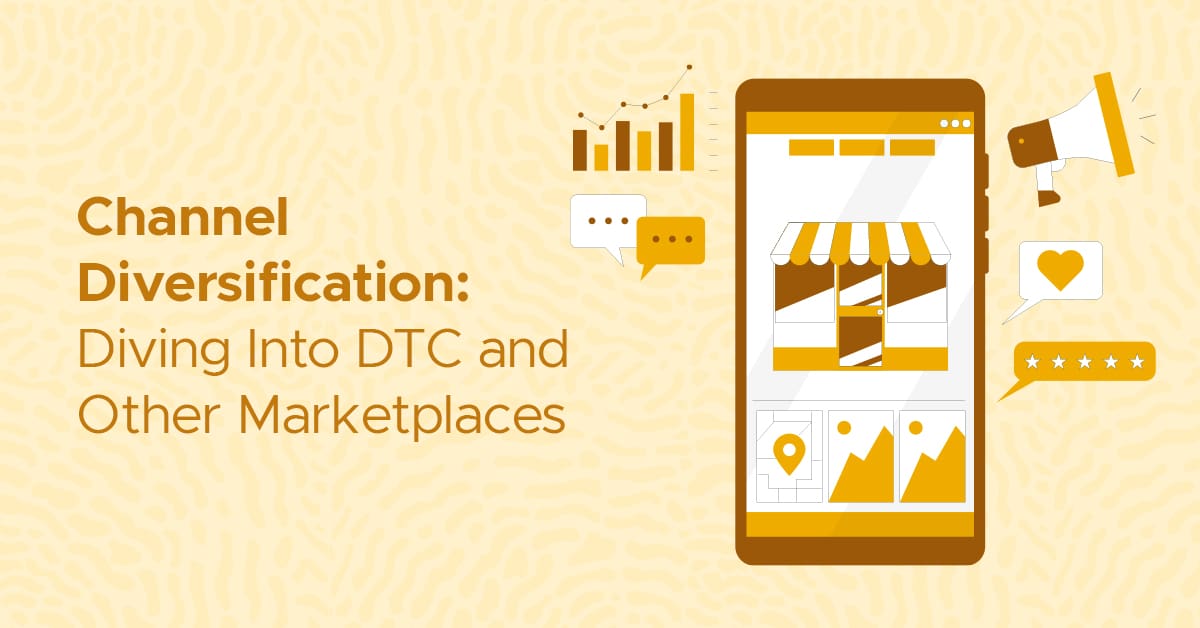
In the age of online shopping and social media, where customers can encounter your brand in countless ways, ensuring brand control and consistency is critical. Channel diversification and maintaining a cohesive brand message across all platforms builds trust, recognition, and, ultimately, success. Our recent interview with James Thomson, managing partner of Equity Value Advisors, revealed...
By Rachel Andrea Go on August 12, 2024
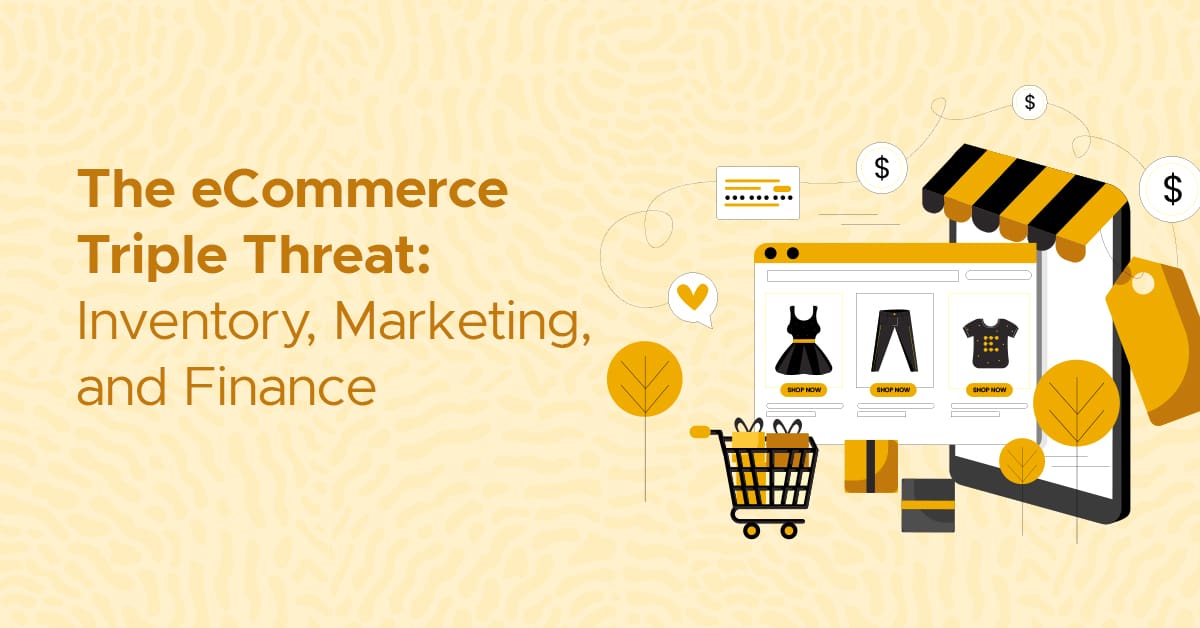
In eCommerce, success often hinges on effectively managing three crucial elements: inventory, marketing, and finance. When well honed, they can propel a business to new heights, while weakness in any one of them can quickly drag it down. A siloed approach, where departments function independently, creates blind spots and missed opportunities; imagine your marketing team...
By Taylor Meeker on August 05, 2024

Product images steal the spotlight on Amazon. Whether on search result pages, sponsored products, ads, or individual item detail pages, images are front and center — and have the power to make or break your chances of landing a sale. With this in mind, we’ve provided the following product photography tips to elevate your product...
By Brandy Cross on July 19, 2024

A task as simple as following benchmarks can reap major rewards, considering you’re twice as likely to hit a business goal you track. However, only about 10% of small to medium-sized businesses with growth targets monitor KPIs for eCommerce in real-time. Whether you want to reach an objective next week or in five years, tracking...
By Rachel Andrea Go on July 18, 2024

For years, brands have relied on cookies to track website visitors, improve the online experience for users, and collect data that aids ad targeting. Cookies also enabled businesses to learn what customers were up to online when not on their website. This practice chugged along until Google announced its plan to phase out third-party cookies...
By Rachel Andrea Go on July 16, 2024

In 2024, over 81% of Americans are shopping online. Among them, nearly 240 million shop on Amazon, with the average amount spent on the platform each month sitting at $91.75. And eCommerce is expected to continue growing at a compound annual growth rate of 9.49% every year. Product listings are one of the few components...
By Rachel Andrea Go on July 15, 2024
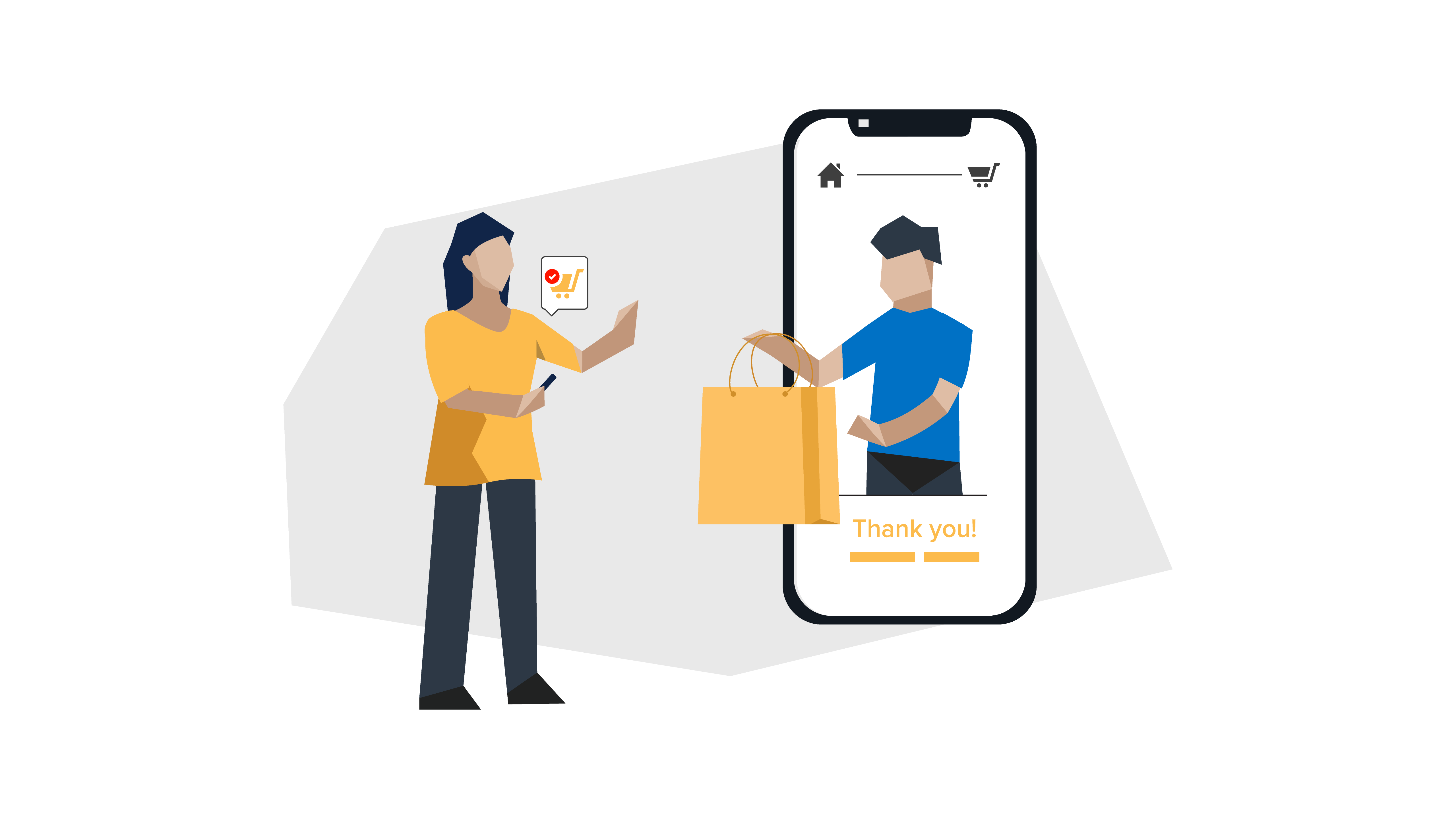
Once hit by a plague of shuttered doors and bankrupt retail giants, in-store shopping has made a comeback, with 83% of consumers making purchases both online and in person. While eCommerce claims a maximum of 17.1% of all sales, the rest occur at physical retail locations. Those sales are increasingly becoming omnichannel, with shoppers starting...
By Brandy Cross on July 11, 2024
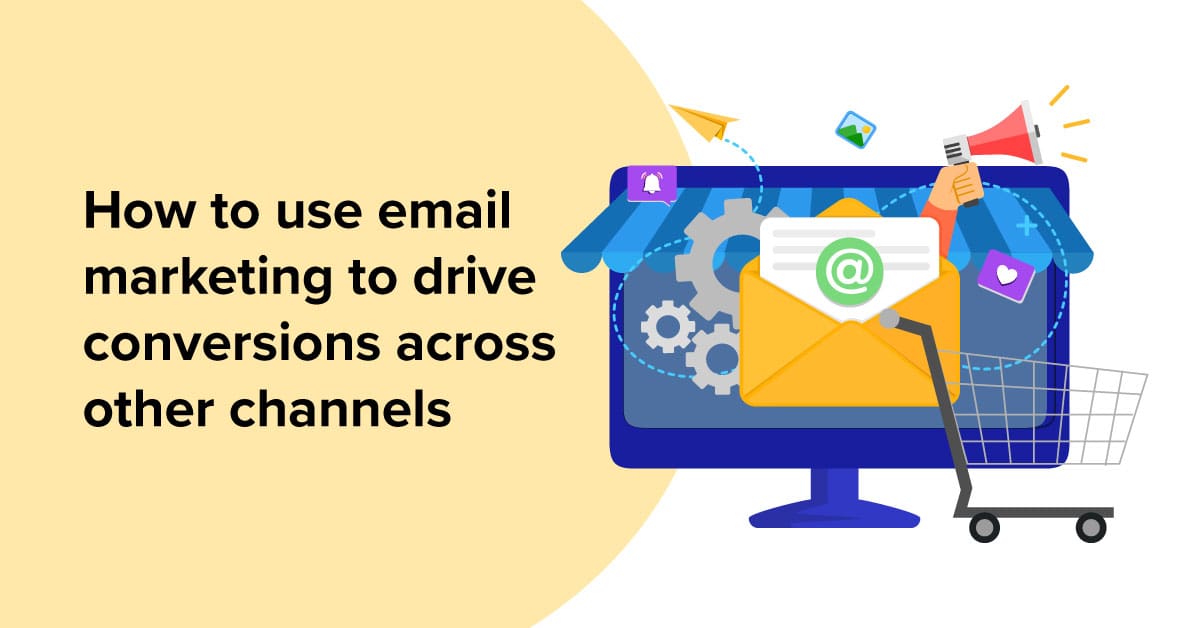
In eCommerce, having a healthy mix of marketing channels helps your brand stand out from the competition and remain at the forefront of current and prospective customers’ minds. One of the most impactful channels eCommerce businesses can leverage is also one of the most traditional: email. Email subscribers are already invested in your business because...
By Rachel Andrea Go on July 09, 2024

Personalized shopping experiences have become essential for eCommerce businesses to boost customer engagement, increase sales, and strengthen consumer retention. eCommerce personalization uses data and insights to tailor a customer’s shopping journey to their specific needs, preferences, and behavior. By leveraging first-party data and other sources of information, eCommerce businesses can gain a better understanding of...
By Rachel Andrea Go on July 04, 2024

Estimates predict global eCommerce revenue will total $3,178 billion in 2024. As the industry continues to boom globally, it’s important to build a strategy for scaling eCommerce business that is grounded in real-world evidence and proven tactics. Growth is crucial for your eCommerce brand to thrive, especially on a competitive marketplace like Amazon. Whether you’re...
By Rachel Andrea Go on June 10, 2024
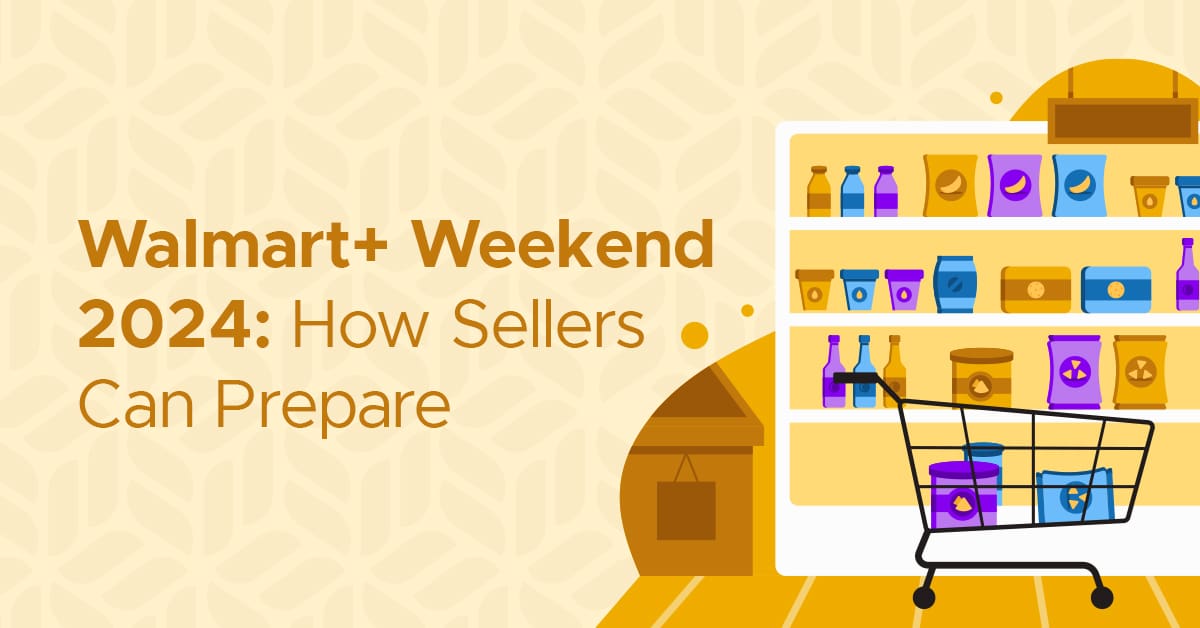
Amazon Prime Day is one of the biggest sales events in eCommerce, with many sellers planning their entire year of inventory management around it. Having observed its massive success, other major retailers like Best Buy, Target, Walmart, and PetCo have developed competing sales events. For Walmart, that’s the Walmart Plus Week or Weekend, which is...
By Brandy Cross on May 29, 2024

It’s no exaggeration to say mobile devices have become practically an extension of our bodies; they account for just over half of web traffic worldwide today. As further evidence, every third mobile user searches for answers to questions on their device, and 72% are likely to buy from or recommend an eCommerce site that’s mobile-friendly....
By Brandy Cross on May 15, 2024
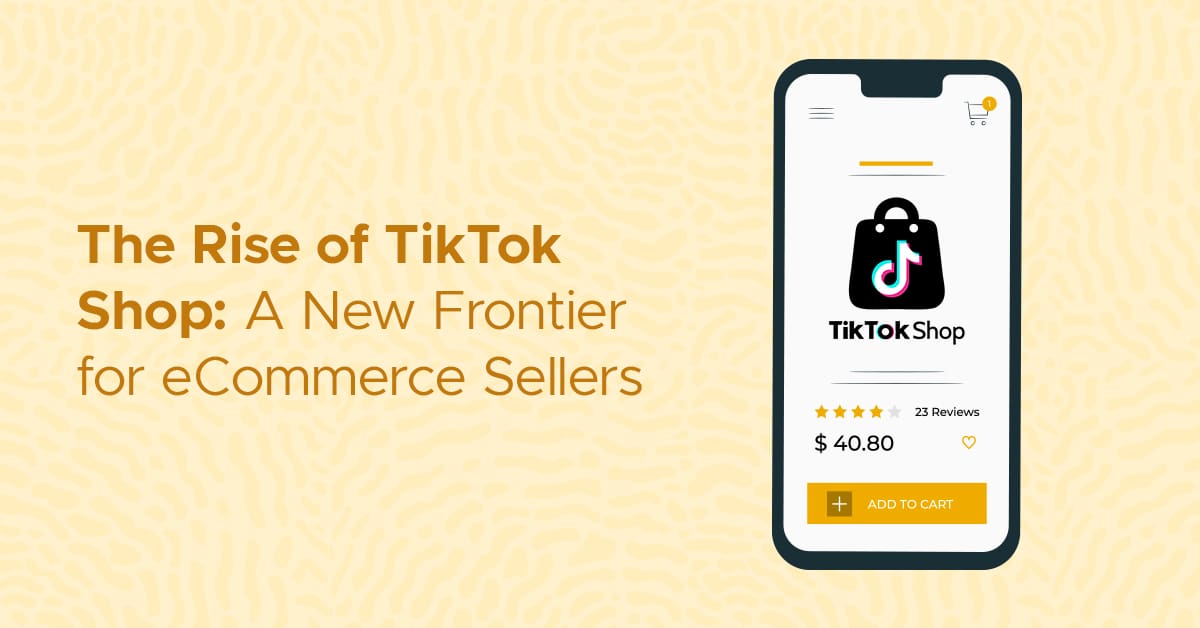
Initially known for its viral dances and trends, TikTok has opened its doors to the world of eCommerce through TikTok Shop. This platform integrates shopping directly into the app, offering a seamless experience for both sellers and buyers. The app’s immense popularity and engaging content have facilitated the transition from entertainment to a shopping hub....
By Taylor Meeker on May 06, 2024

In 2023, 19% of global retail sales occurred online, underscoring the critical importance for established brands to embrace an effective eCommerce sales strategy as they make their foray into the digital arena. Transitioning from brick-and-mortar selling to an eCommerce sales strategy is a significant pivot for brands and introduces a virtual marketplace that operates under...
By Taylor Meeker on April 22, 2024

This is a guest post from Nishka Sinha, Co-founder/CMO of Silicon Valley start-up, Dresma Inc. She works closely with brands of all sizes to streamline their content creation workflows using the DoMyShoot solution. Dresma has over 50K active online sellers and integrations with Shopify and Amazon (launching soon) who save 80% on their content production...
By Guest on April 08, 2024
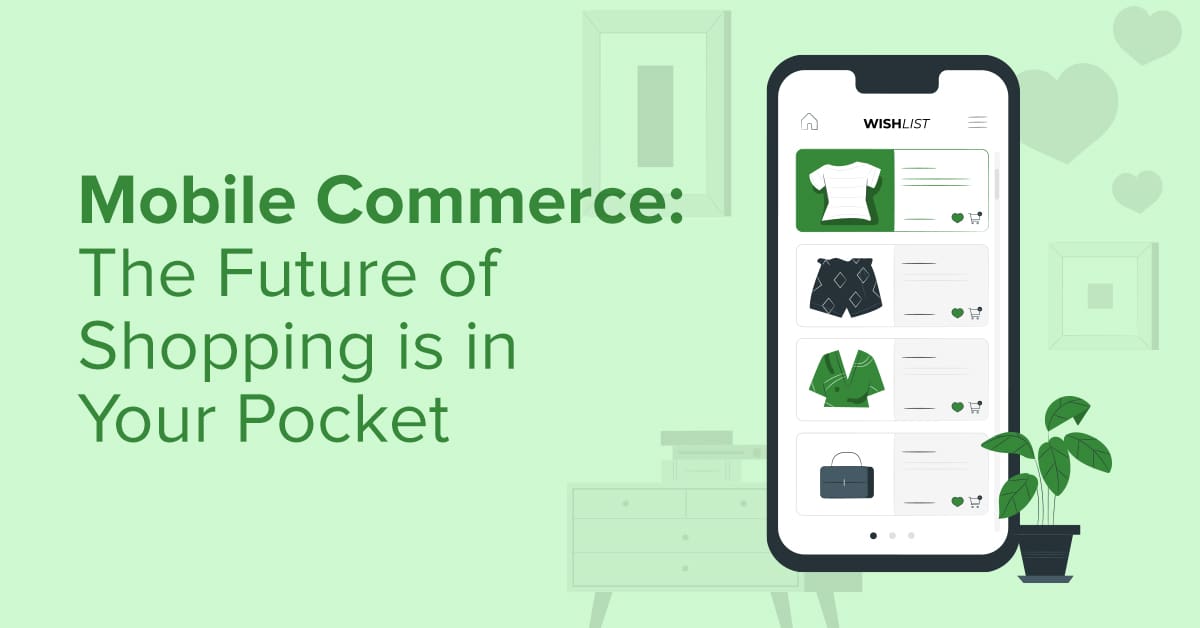
Mobile commerce, also known as m-commerce, has revolutionized the way we shop. With the proliferation of smartphones and the increasing accessibility of the Internet, consumers now have the power to make purchases anytime, anywhere, from the palm of their hand. Businesses must embrace this new shopping channel to stay competitive and thrive. However, incorporating mobile...
By Rachel Andrea Go on April 05, 2024

In eCommerce, the competition is as intense as it is diverse, making it imperative to differentiate your brand to capture your target segment’s attention. Advertisers are shifting from broad, mass-market tactics to direct-to-consumer (DTC) strategies. This approach focuses on establishing an open line of communication and delivering personalized experiences to customers. Under these circumstances, the...
By Taylor Meeker on March 29, 2024

Amazon is one of the largest product marketplaces in the world, and with a revenue of $143 billion in 2023, it’s still growing. For retailers, that 37.6% market share of the eCommerce industry makes it imperative to be on the platform. However, selling on Amazon is a double-edged sword: Although you’ll be where the customers...
By Rachel Andrea Go on March 25, 2024

Influencer marketing has changed the way businesses and consumers look at advertising. The advent and exponential rise of social media over the past two decades has opened new opportunities and completely reshaped direct-to-consumer (DTC) advertising. While mass promotion is still an option, social media and, in particular, influencer marketing trends allow you to reach the...
By Rachel Andrea Go on March 20, 2024

AR in eCommerce is rapidly becoming a game changer in the eCommerce industry. With significant investments projected in the coming years, its influence is poised to revolutionize the shopping experience. In fact, AR is expected to grow from $62.7 billion in 2023 to $1,109.7 billion by 2030. As a result, more businesses are embracing this...
By Brandy Cross on March 06, 2024

This is a guest post from the Envision Horizons team. Envision Horizons is an Amazon-centric growth agency focused on helping brands generate awareness, gain market share, and drive profitability through Amazon’s expanding suite of advertising, retail media, and commerce capabilities. Envision Horizons is a verified Amazon partner and provides services such as; Amazon Advertising (Sponsored...
By Guest on February 19, 2024

The eCommerce industry is experiencing a noteworthy shift with the rise of alternative payment methods such as Bitcoin and digital wallets. These emerging payment options offer unique advantages, including enhanced security, convenience, and lower transaction costs. As a result, merchants can no longer afford to ignore the growing demand for these methods. According to a...
By Rachel Andrea Go on February 09, 2024

For most retailers, Gen Z is an unpredictable market segment. The demographic that grew up digitally native does most of its shopping online, yet remains an enigma to retail stores. Gen Z has unique values, shopping habits, and preferred social platforms that differentiate them from previous generations. Creating sales and marketing strategies tailored to the...
By Rachel Andrea Go on January 29, 2024
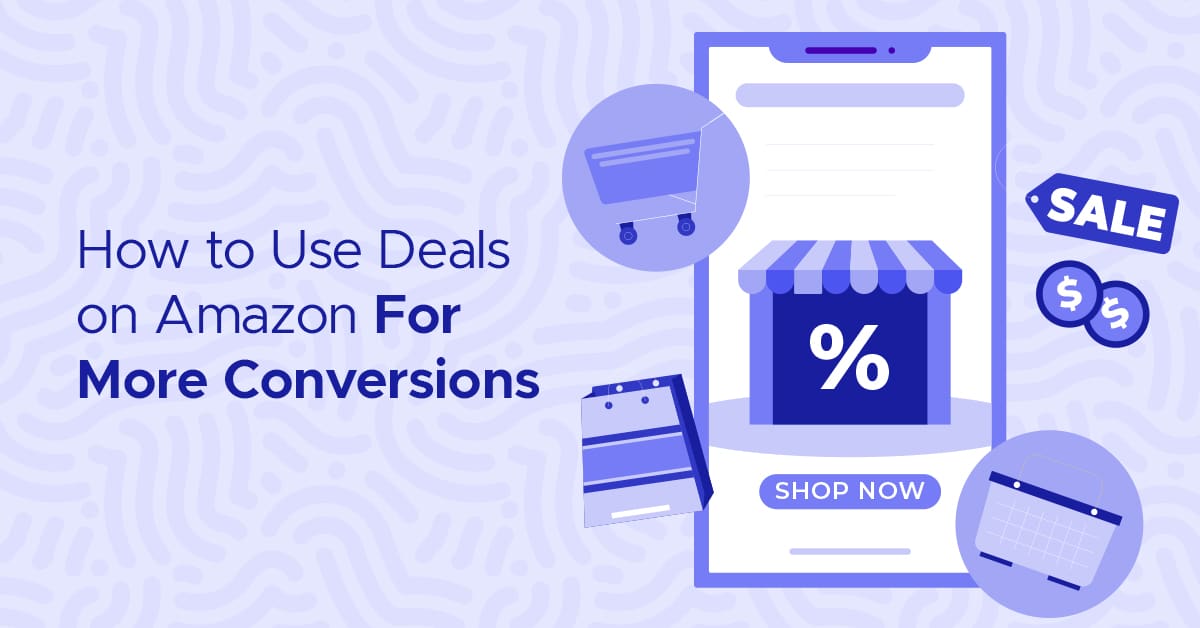
This is a guest post from the e-Comas team. e-Comas is a Luxembourg-based eCommerce agency that helps brands grow faster globally with data-driven insights. Working across Amazon, Shopify, CDiscount, Veepee, Bol, Walmart, and more, they set brands up to scale their business and increase their profitability by overseeing their accounts, content, and advertising. Amazon possesses...
By Guest on January 15, 2024
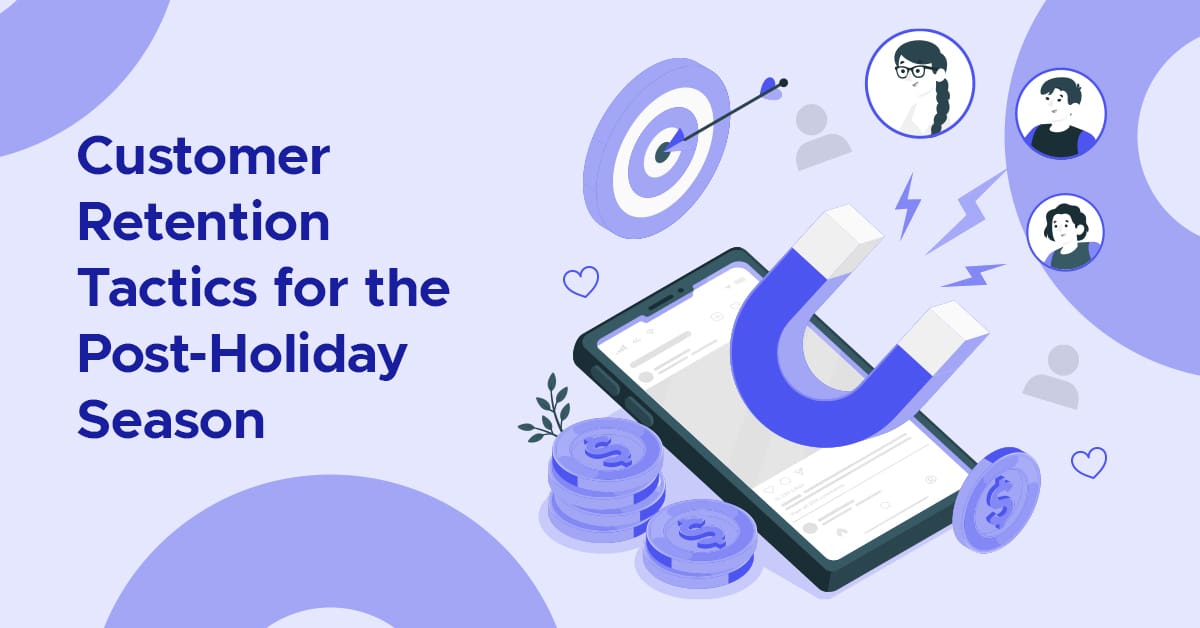
Ecommerce retailers experience the highest rate (82%) of customer abandonment in the post-holiday slump, which lasts from January through April. The influx of new shoppers during the holiday season offers a golden opportunity for sellers, but the real challenge begins once the festivities die down. Ensuring these customers return in the new year is essential...
By Rachel Andrea Go on January 09, 2024
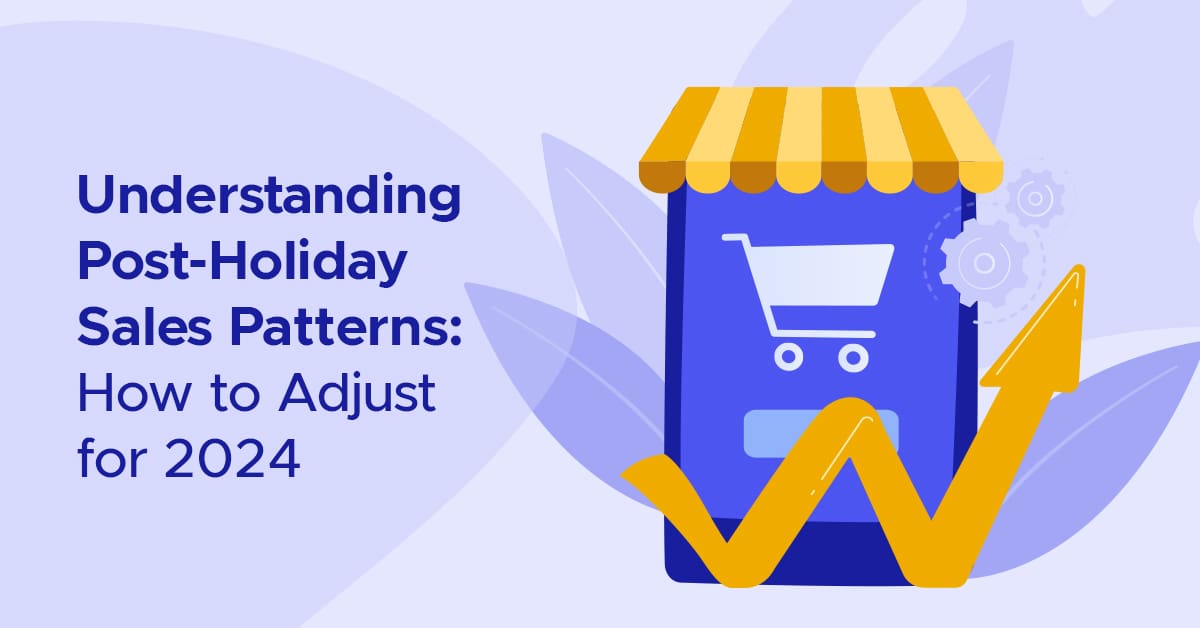
The holiday season has come and gone like lightning. Storefronts are still aglow with festive lights, and filled with empty cardboard boxes as the only evidence of the whirlwind that was Q4. As an eCommerce retailer, while it’s vital to optimize your sales during the holidays, it’s equally important to understand and prepare for post-holiday...
By Rachel Andrea Go on January 02, 2024

Digital transactions are foundational to business growth in eCommerce, making financial management a critical component of your operational success. As online retailers navigate the dynamic landscape of sales spikes, supply chain intricacies, and pricing strategies, maintaining a solid financial foundation is paramount. That’s where fractional CFOs step in as strategic partners to offer their expertise...
By Rachel Andrea Go on December 28, 2023
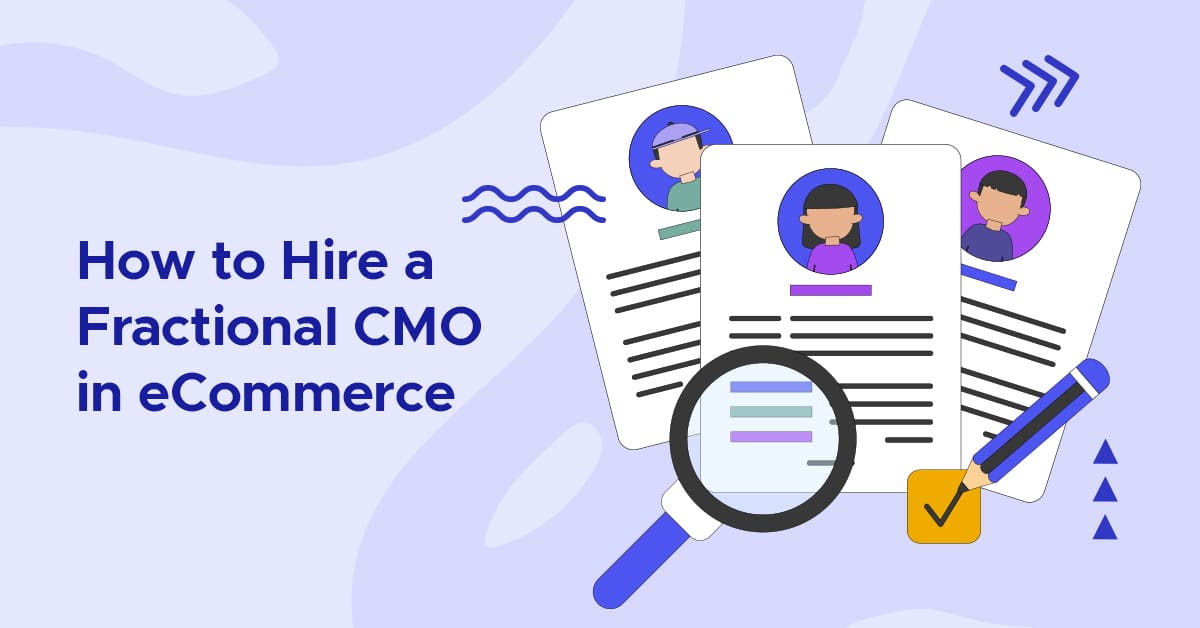
Consumer behavior and market trends evolve at lightning speed in the eCommerce industry, making a solid marketing strategy mandatory for a business to thrive. A fractional chief marketing officer (CMO) can be an asset to developing and implementing an air-tight plan, as they inject expertise and innovation into your marketing efforts. This role features an...
By Rachel Andrea Go on December 26, 2023

Do you struggle to improve your conversion rates on your website or eCommerce platform? Are you eager to enhance sales and connect more deeply with your target audience? If so, consider implementing an eCommerce chatbot. Chatbots are revolutionizing the eCommerce landscape, creating a smooth, tailored customer experience that escalates conversions and customer delight. In this...
By Rachel Andrea Go on December 12, 2023

Just as every journey needs a map, every eCommerce business needs a data-driven strategy. December, in particular, is a treasure trove of insights that can help retailers shape their narrative for the coming year. The close of 2022 bore witness to staggering figures: Shoppers dropped an unprecedented $211.7 billion from November 1 to December 31,...
By Taylor Meeker on November 30, 2023

The holiday season is fast approaching, and for eCommerce retailers, this is the time to prepare for a significant spike in sales. In that regard, understanding the cultural differences in Q4 shopping trends can be the key to unlocking major profits during this busy period. In this article, we’ll analyze how various cultures around the...
By Taylor Meeker on November 28, 2023
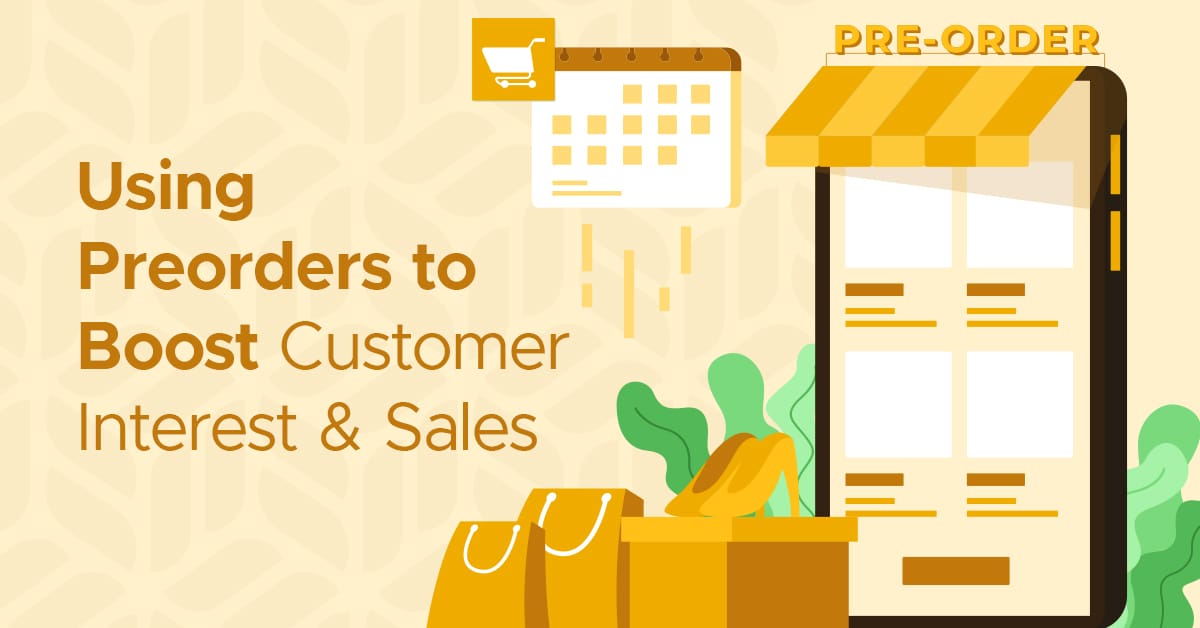
This is a guest post from Jeff Campbell. Jeff is a digital marketing veteran, eCommerce entrepreneur, and professor at Wake Forest University. His strategic vision and operational approach have yielded multiple successful business acquisitions and exits. Jeff co-founded aiCommerce in 2020 and is responsible for its strategic vision, client services, P&L management, revenue growth, talent...
By Guest on November 22, 2023
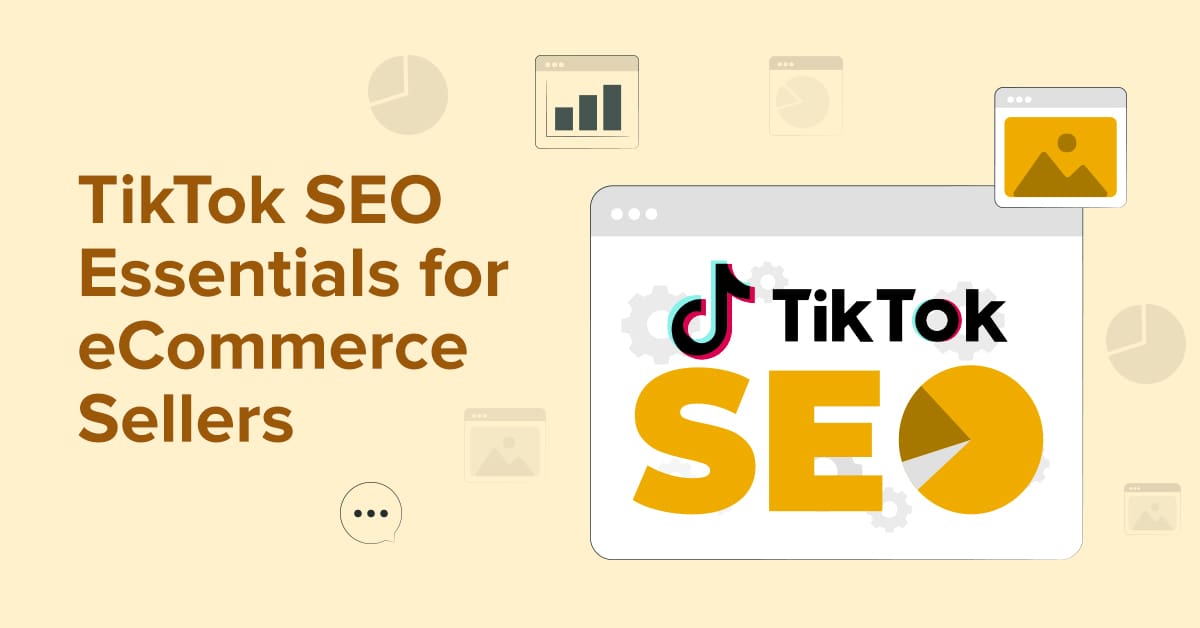
Over a third (37%) of users discover new products and services on TikTok. Merchandise can gain even more visibility on the platform with enhanced search result rankings. Savvy retailers and content creators are seizing this opportunity by making SEO a pivotal part of their TikTok strategy. Gen Z especially is drawn to TikTok’s personalized results...
By Taylor Meeker on November 14, 2023
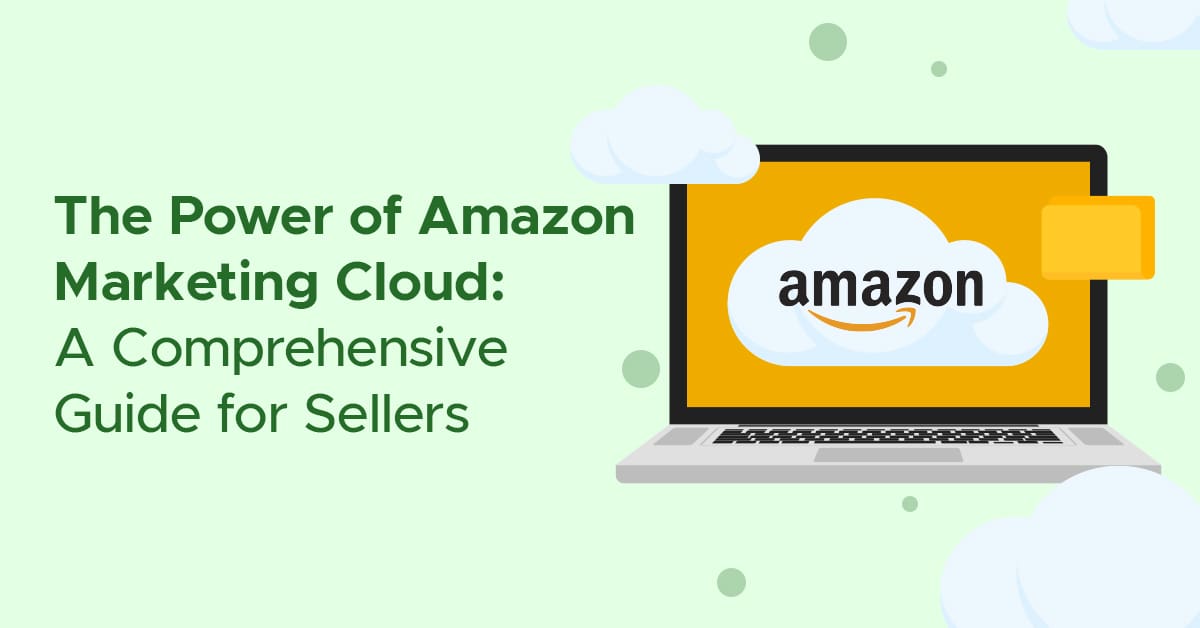
This is a guest post from Lena Einschütz. Lena is the marketing manager at BidX. BidX empowers brands to accelerate their growth and scale their business by automating ads both on and off Amazon through their cutting-edge software. They’re distinguished as the sole global platform capable of automatically creating and optimizing advertising campaigns, encompassing pay-per-click...
By Guest on November 02, 2023

This is a guest post from Atom, formerly Squadhelp. Launching or rebranding your small business is both thrilling and daunting. To set it on the path to success requires carefully considering multiple aspects of branding, from positioning and competitive analysis to cutting-edge technologies like artificial intelligence. We’ve collected 12 essential logistical aspects for small and...
By Guest on October 31, 2023
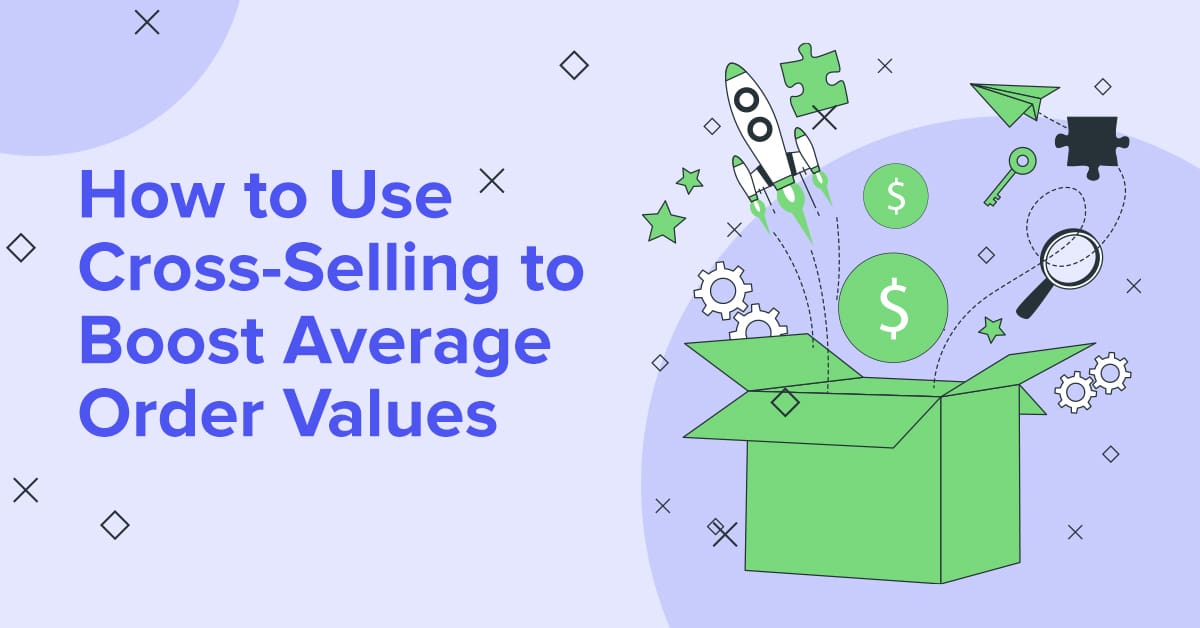
With competition fierce and showing no signs of easing up, eCommerce businesses must constantly seek fresh avenues to drive sales and increase customer value. A strategy that’s proven to be highly impactful in that regard is cross-selling. Cross-selling is the practice of recommending additional products or services to customers based on their current purchase or...
By Rachel Andrea Go on October 19, 2023
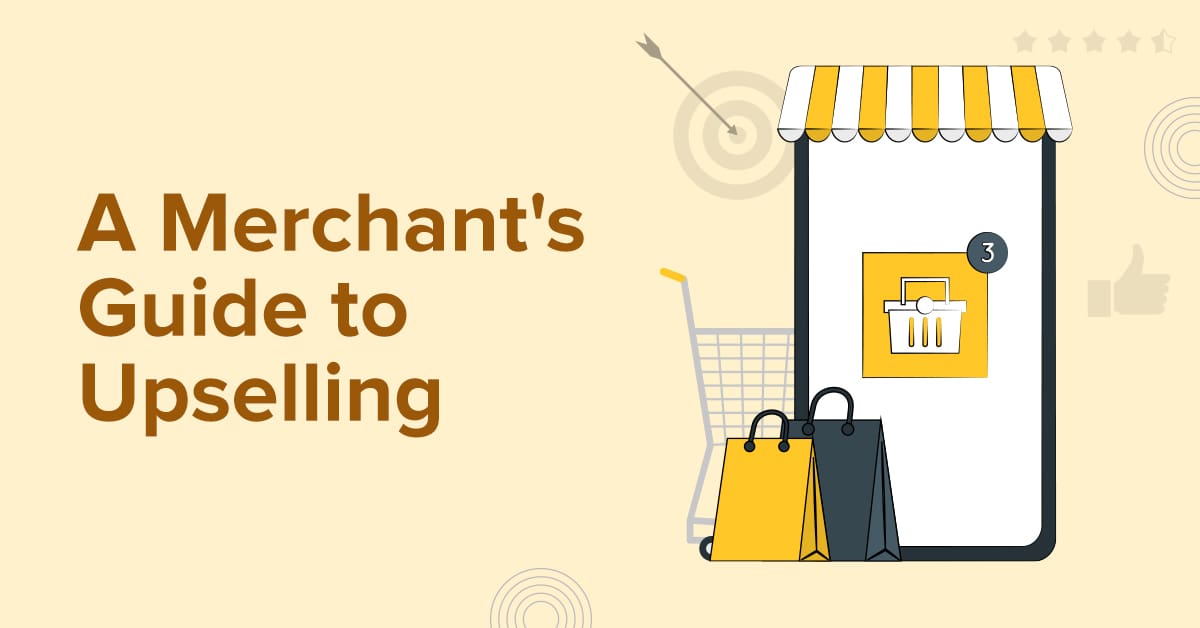
As eCommerce competition becomes more cutthroat and customer expectations continue to evolve, providing an exceptional buyer experience is crucial for businesses to thrive. Companies need to focus on extending their relationships with their buyers, and a powerful method to accomplish that is upselling. This sales technique offers customers a higher-end or more valuable version of...
By Rachel Andrea Go on October 17, 2023
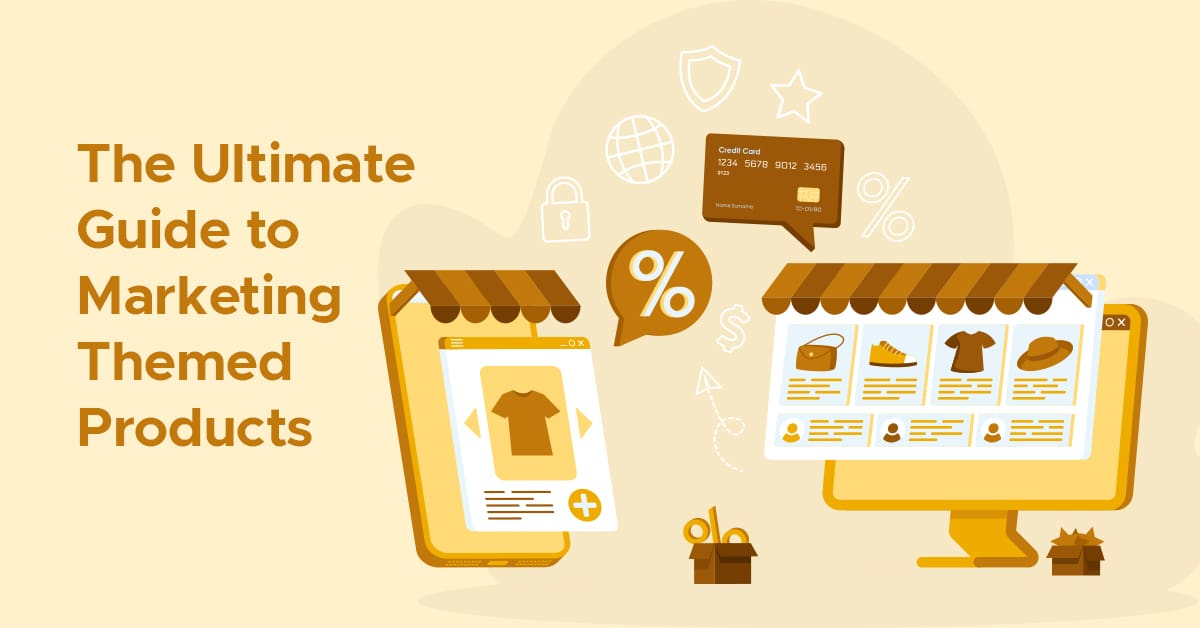
Within each season, excitement builds for various holidays, and in eCommerce, themed products can seize that opportunity — when marketed well. A jack-o-lantern plush toy may become a sensation in October, only to be replaced by trendy, twinkling Christmas ornaments in December. Marketing themed products requires a balanced combination of creativity, strategy, and a festive...
By Rachel Andrea Go on October 03, 2023
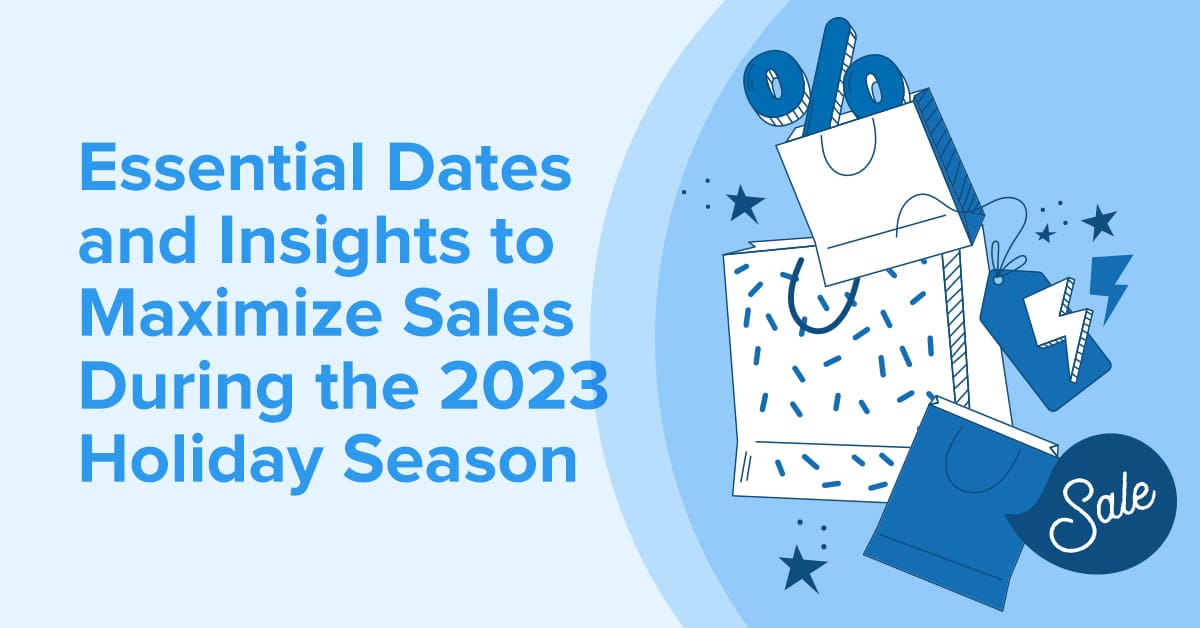
Although it may seem early, now’s the time to brace yourself for the frantic shopping spree that lies ahead. The 2023 holiday season is coming — fast. In online retail, the holiday rush is not for the faint of heart. It’s a high-stakes battlefield where meticulous planning, strategic execution, and a keen understanding of crucial...
By Rachel Andrea Go on September 28, 2023

When in doubt, buy a gift card. It’s a safe and convenient gift-giving option, with 32% of consumers purchasing seven or more a year. Gift cards foster brand loyalty and attract new customers. However, they also pose a formidable challenge: the accumulation of outstanding, unused balances. Enter the concept of gift card redemption campaigns, a...
By Rachel Andrea Go on September 19, 2023

Few eCommerce sectors offer as enticing a proposition as candy and chocolate sales. The allure of sweets is enduring and universal; beyond mere indulgence, these products evoke pleasure, trigger nostalgia, and offer moments of simple joy. Venturing into the eCommerce space dedicated to these treats is a strategic move that extends beyond product transactions. It’s...
By Rachel Andrea Go on September 14, 2023
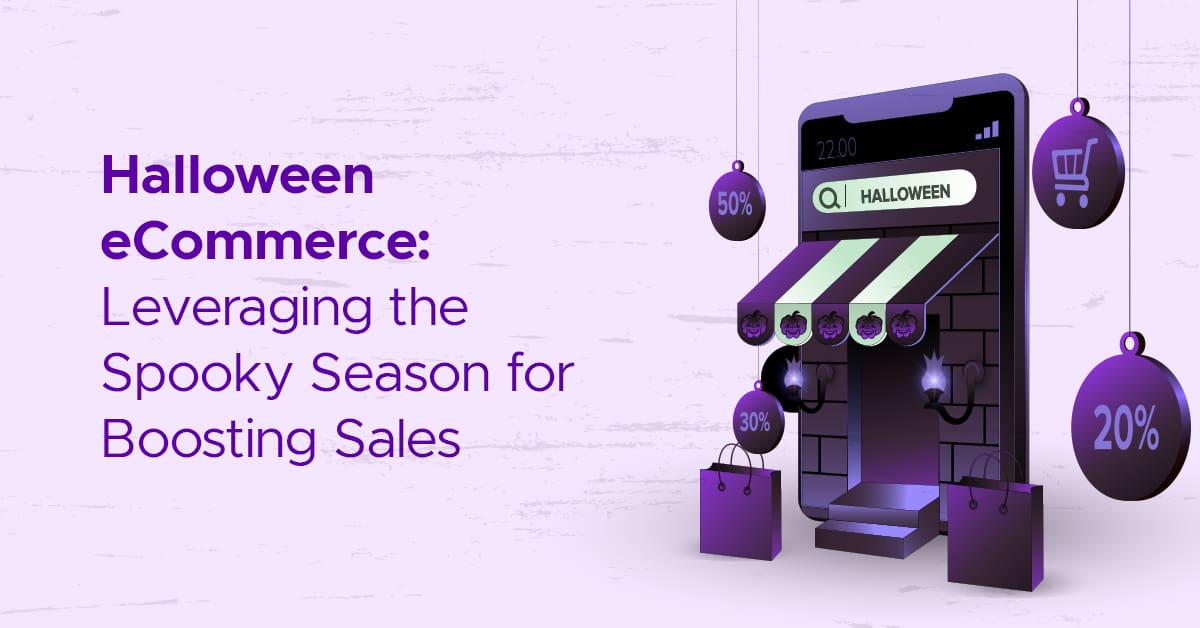
As the leaves start to change and the air becomes crisp, a familiar excitement fills the atmosphere — Halloween is right around the corner! Beyond the costumes, candy, and spooky decorations, there’s a significant economic industry to this delightfully haunting holiday. Halloween serves as more than just a time for trick-or-treating; it marks the kickoff...
By Rachel Andrea Go on September 12, 2023

The European eCommerce market is expected to hit USD $634.10 billion in 2023 — and that trajectory is projected to continue to climb. With a forecasted annual growth rate (CAGR) of 9.34% from 2023 to 2027, experts anticipate the market volume will escalate to USD $906.20 billion by 2027. Achieving success in one market is...
By Rachel Andrea Go on September 07, 2023
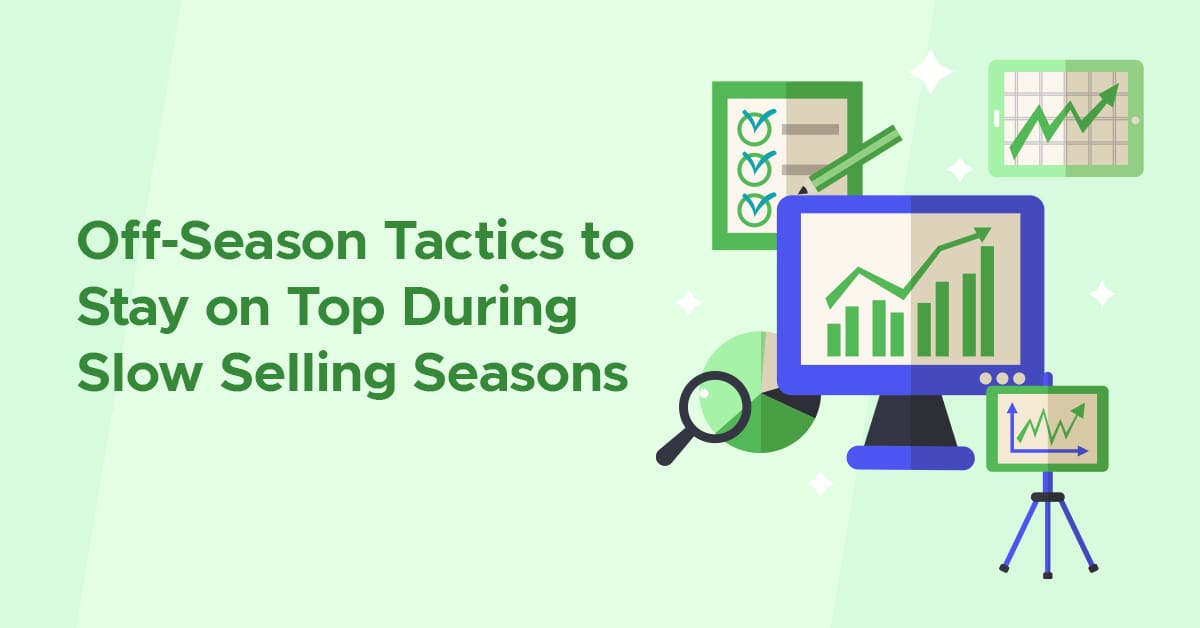
This is a guest post from the team of BellaVix. Seasonality on Amazon is a major challenge for eCommerce brands, particularly those selling in categories like apparel, novelty, and garden. Low demand on the digital marketplace doesn’t have to mean no sales though. Unlocking basic techniques and strategies is key to sustainable success as an...
By Guest on September 05, 2023

The unboxing experience has emerged as a powerful tool for eCommerce brands to differentiate themselves and leave a lasting impression on customers. In online shopping, you have to make every touch point with your customers count. That’s why crafting a stellar unboxing experience has become a key focus for businesses seeking to stand out in...
By Taylor Meeker on August 24, 2023

This is a guest post from Julian Bonte-Friedheim. Julian writes about the ins and outs of eCommerce for 8fig, a company that provides flexible funding to online sellers. Their advanced AI CFO technology gives sellers the tools to scale their operations and optimize their supply chains for sustained long-term growth. Seeing your products sell in...
By Guest on August 17, 2023
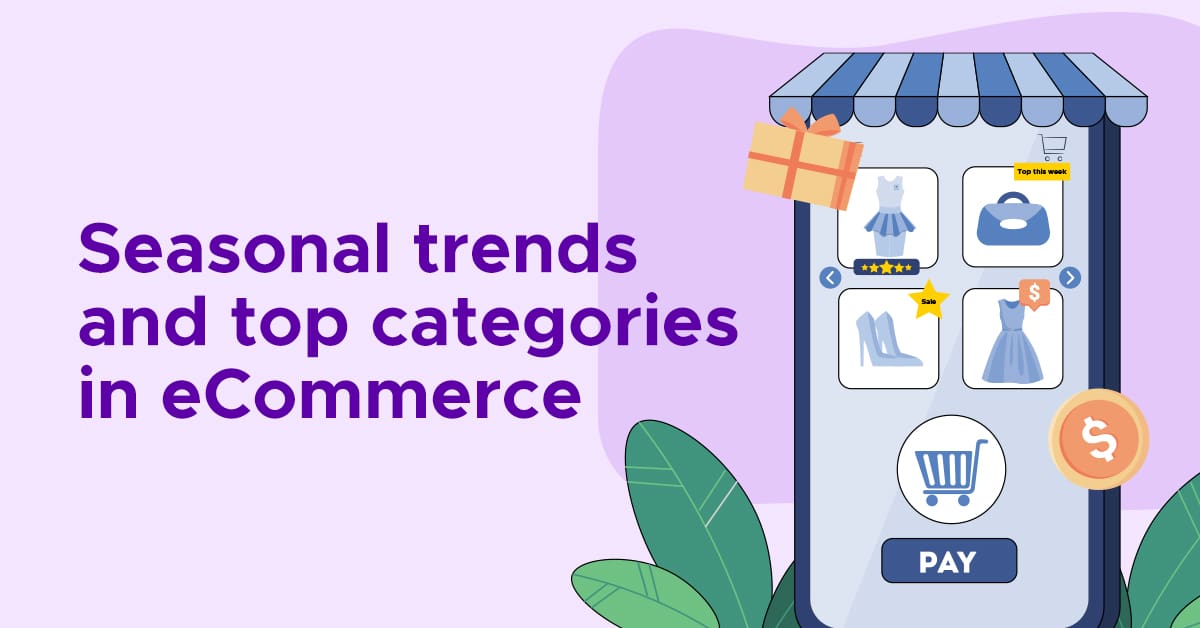
This is a guest post from Maureen Walsh of DCL Logistics. MyFBAPrep and DCL Logistics work together to provide strategic logistics services so brands can grow without sacrificing flexibility, quality, or customer satisfaction. Building a cohesive product strategy involves analyzing market data and developing a product portfolio that maximizes customer experience and overall business performance....
By Guest on August 10, 2023

This is a guest post from SmartScout, one of the leading market research and data analytics tools trusted by Amazon sellers worldwide. Amazon is abuzz with activity as buyers and sellers trade millions of products across a vast array of categories every day. Navigating this marketplace successfully is vital for sellers, and a crucial aspect...
By Guest on August 08, 2023

Shoppable videos are the next evolution of video marketing, combining the power of visual storytelling with the immediacy of online shopping. Since 91% of consumers now expect online video content from brands, they’re essential to make your business stand out and streamline the buyer journey. In a world where online shopping has become standard practice...
By Rachel Andrea Go on July 27, 2023
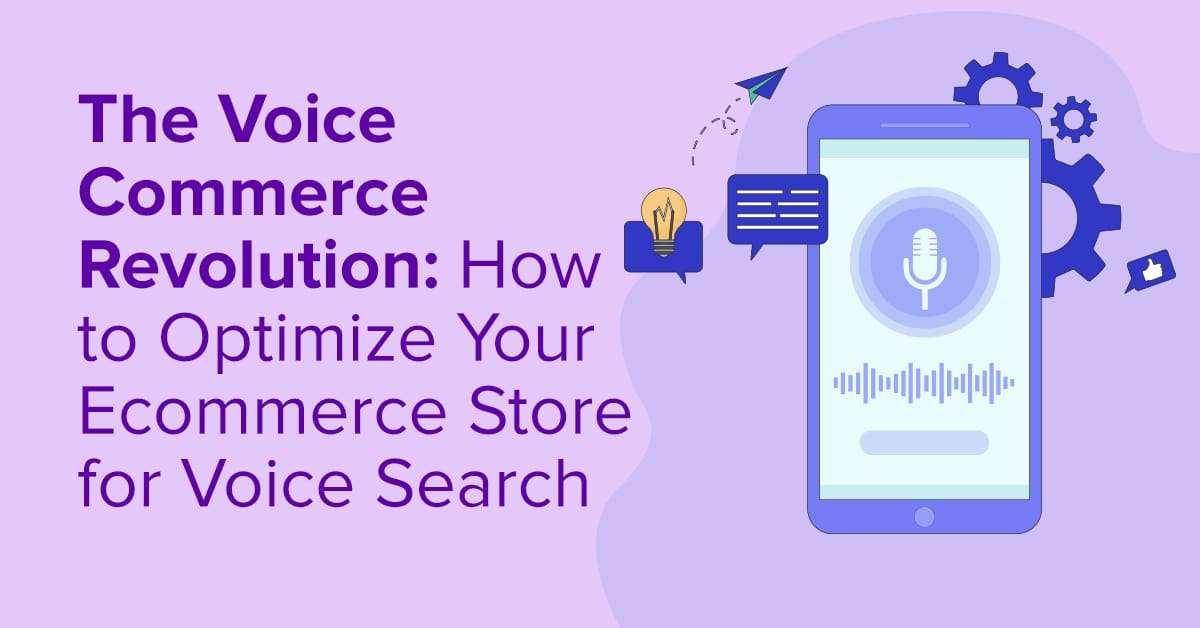
In the fast-paced digital world, one technological advancement is subtly reshaping the eCommerce landscape: voice commerce. With consumers continuously seeking convenience and efficiency in their shopping experiences, this new approach has surged in popularity and transformed the way people browse, select, and purchase products online. Voice commerce represents more than additional convenience, though; it’s a...
By Rachel Andrea Go on July 20, 2023

In the third quarter of 2022 alone, eCommerce retail companies received a staggering $4.6 billion dollars in funding, underscoring the vital role funding plays in the industry. You need money to expand your inventory, launch marketing campaigns, and hire new employees, and thankfully, various funding options are available. From stocking up inventory and expanding product...
By Rachel Andrea Go on July 04, 2023

Sustainability isn’t simply a buzzword in eCommerce — it’s a commitment and an essential part of any forward-thinking brand’s business strategy. The contemporary consumer is increasingly concerned about environmental issues, which drives their purchasing decisions toward businesses that demonstrate a clear dedication to sustainable practices. In fact, 44% of consumers actively patronize brands that align...
By Rachel Andrea Go on June 27, 2023

When selling online, platform security is of utmost importance. With the increasing volume of online transactions and data sharing, it’s critical eCommerce platforms are secure enough to protect sensitive customer data and financial information. Cybersecurity threats and data breaches are becoming more prevalent, and this can have devastating consequences for eCommerce businesses, including loss of...
By Rachel Andrea Go on June 22, 2023
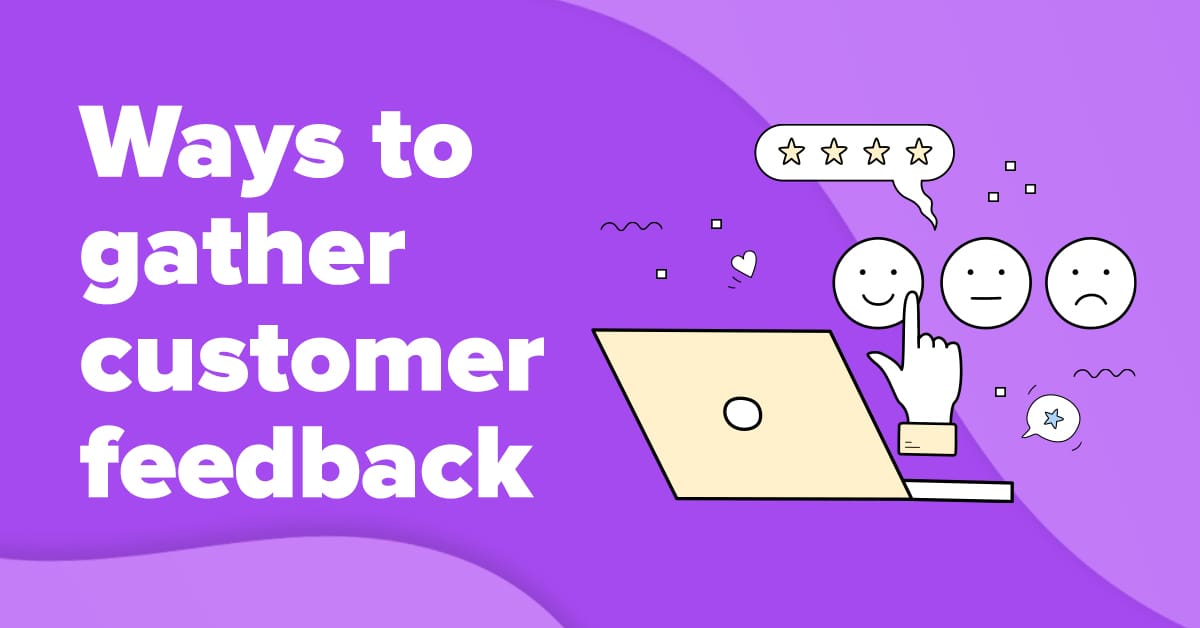
Customer feedback plays a critical role in shaping the success of an eCommerce business. It provides invaluable insight into what customers like and dislike about a product, service, or website and helps businesses make informed decisions to improve the buyer experience. Collecting feedback from consumers also contributes to building stronger relationships, boosting customer loyalty, and...
By Rachel Andrea Go on June 13, 2023
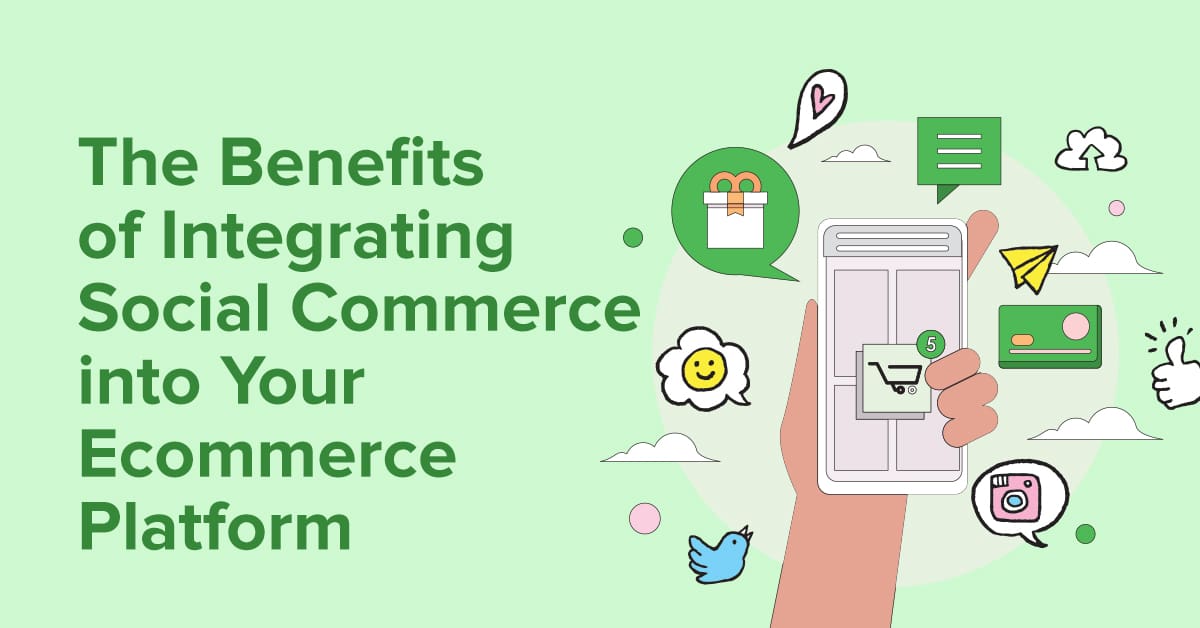
Approximately 29% of internet users between the ages of 16 and 64 admit their primary motivation for using social media is to seek inspiration for things to do or buy. The phenomenon known as social commerce is already revolutionizing the shopping experience. Only a few years ago, social networks were primarily used for personal connections:...
By Taylor Meeker on June 01, 2023
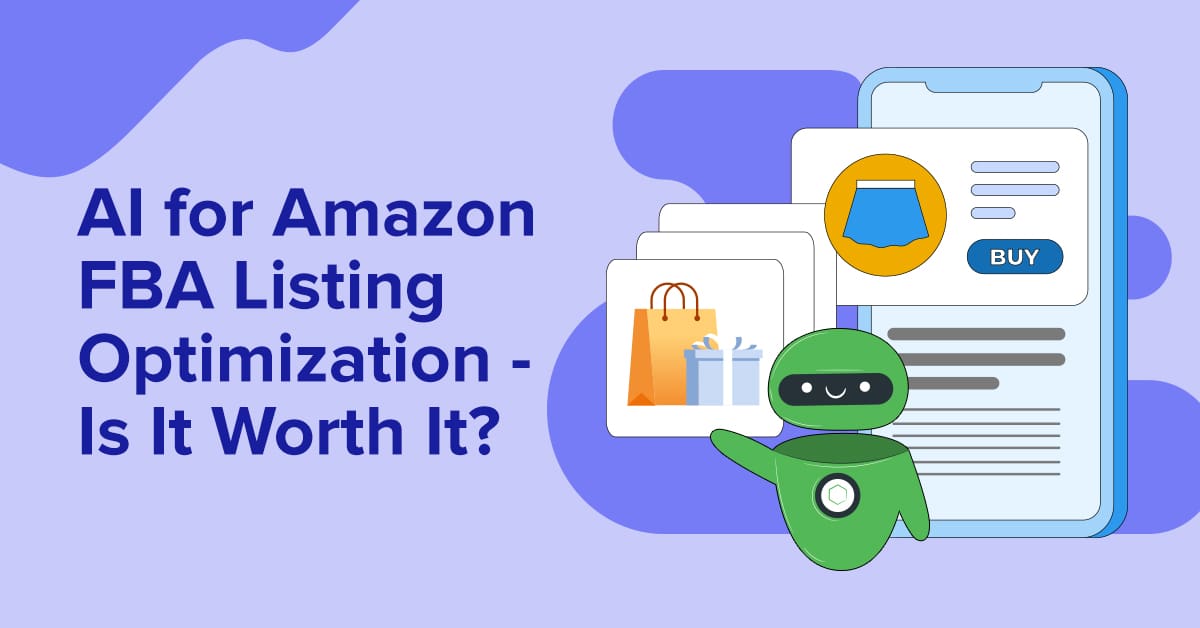
This is a guest post from Hammad Nafees of Zonguru. A marketer by trade, a writer at heart, and an Amazon evangelist around the clock, Hammad lives and breathes the world of the smiling A. You can often find him discussing the ins and outs of the eCommerce marketplace across the web. In the very...
By Guest on April 13, 2023

Social commerce is the integration of social media and eCommerce and has been on the rise in recent years. It allows businesses to sell their products directly through social media platforms, making it easier for consumers to discover and purchase items they see on their feeds. As social media continues to gain prominence in our...
By Rachel Andrea Go on March 30, 2023

Over the last three years, millions of online businesses have displayed resilience in the face of the unexpected. The COVID-19 pandemic accelerated the adoption and innovation of digital commerce, with online shopping increasing by 77% year over year in a matter of months. By the end of 2023, eCommerce sales will make up one-fifth of...
By Rachel Andrea Go on March 28, 2023

As the economy faces a potential recession in 2023, businesses across many industries contend with retaining their customers amid financial uncertainties. For eCommerce brands, customer churn can be a significant threat as consumers tighten their budgets and cut back on discretionary spending. To prevent turnover, it’s essential to understand its causes in eCommerce. Common factors...
By Rachel Andrea Go on March 09, 2023
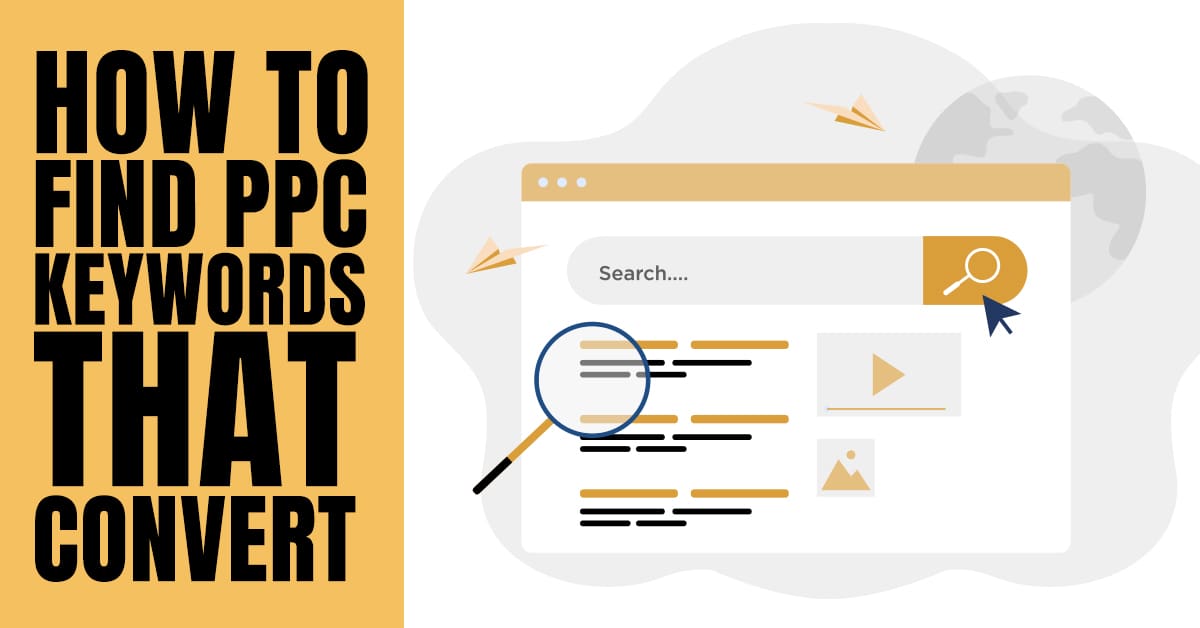
You invest time, money, and other resources to ensure your eCommerce store’s website is easy to navigate and accessible, your products stand out, and your checkout process is seamless. This sets the stage for selling your products, but one major challenge remains: getting people to your site to convert them into customers. Increasing your web...
By Rachel Andrea Go on February 23, 2023

If you’ve been in the eCommerce world for a while, you know the space comes with its own terminology, methodologies, strategies, and tactics. There are many to learn, understand, and implement to ensure your eCommerce business reaches its full potential. So, to get you up to speed, we’ve put together a comprehensive eCommerce glossary. Let’s...
By Rachel Andrea Go on January 26, 2023

Automation has become a buzzword in the online selling community. As an eCommerce seller with an endless to-do list, you’re probably wondering: Does automation really live up to the hype? Is automation appropriate for my growth stage? After all, 80% of businesses that are yet to hop on the automation train believe it isn’t necessary...
By Rachel Andrea Go on January 24, 2023

In 2021, almost 20% of global retail sales came from eCommerce, and that figure is expected to grow to nearly 25% by 2025. This highlights the major role that eCommerce plays in business. However, its profitability poses a challenge: 70% of surveyed businesses said they took a hit trying to boost their eCommerce elements during...
By Rachel Andrea Go on December 08, 2022
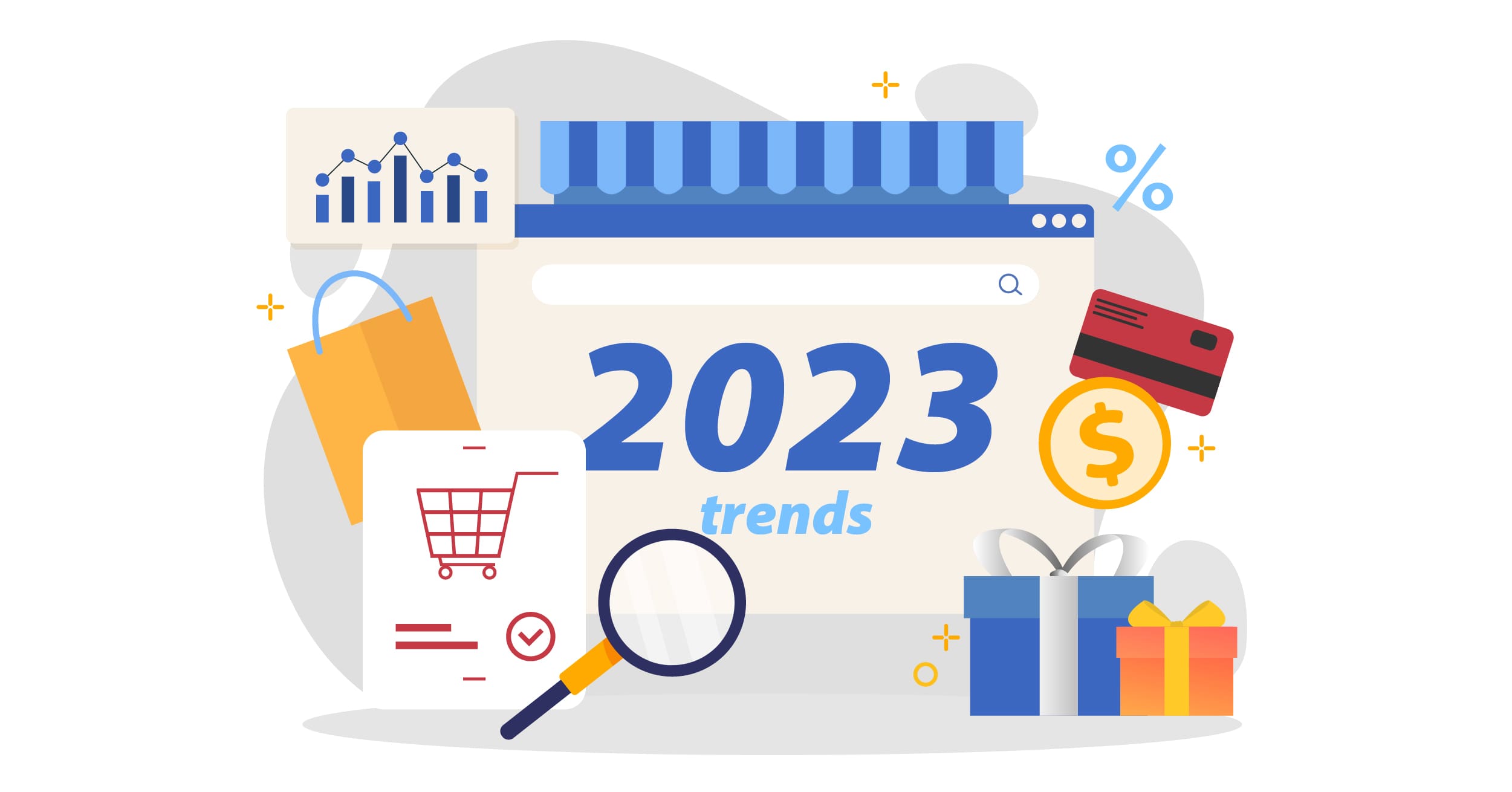
If there’s anything you can expect from the Commerce world, its evolution, improvement, and growth. And 2023 is set to continue this pattern. By 2023, global retail eCommerce sales could reach $6.169 trillion and make up a 22.3% share of total retail sales, up from $3.351 trillion and 13.8% in 2019. As shoppers and the...
By Rachel Andrea Go on November 29, 2022

This is a guest post from Payro, a short-term loan for businesses specifically to cover payroll on time, even when cash flow is thin. Payro secures funds instantly, so they are available for weekly, biweekly or monthly payroll. Every business is trying to find that competitive edge that will help them crush the competition, scale,...
By Guest on October 27, 2022

We’ve all been there before. Growth figures are strong, customers are happy, and it seems like your business can’t get any better. Then you’re blindsided by a problem that threatens to wipe away everything you’ve worked for. Whether it’s a marketing platform suspension, costly stockouts, or a new sales platform you can’t understand, the outlook...
By Rachel Andrea Go on October 18, 2022
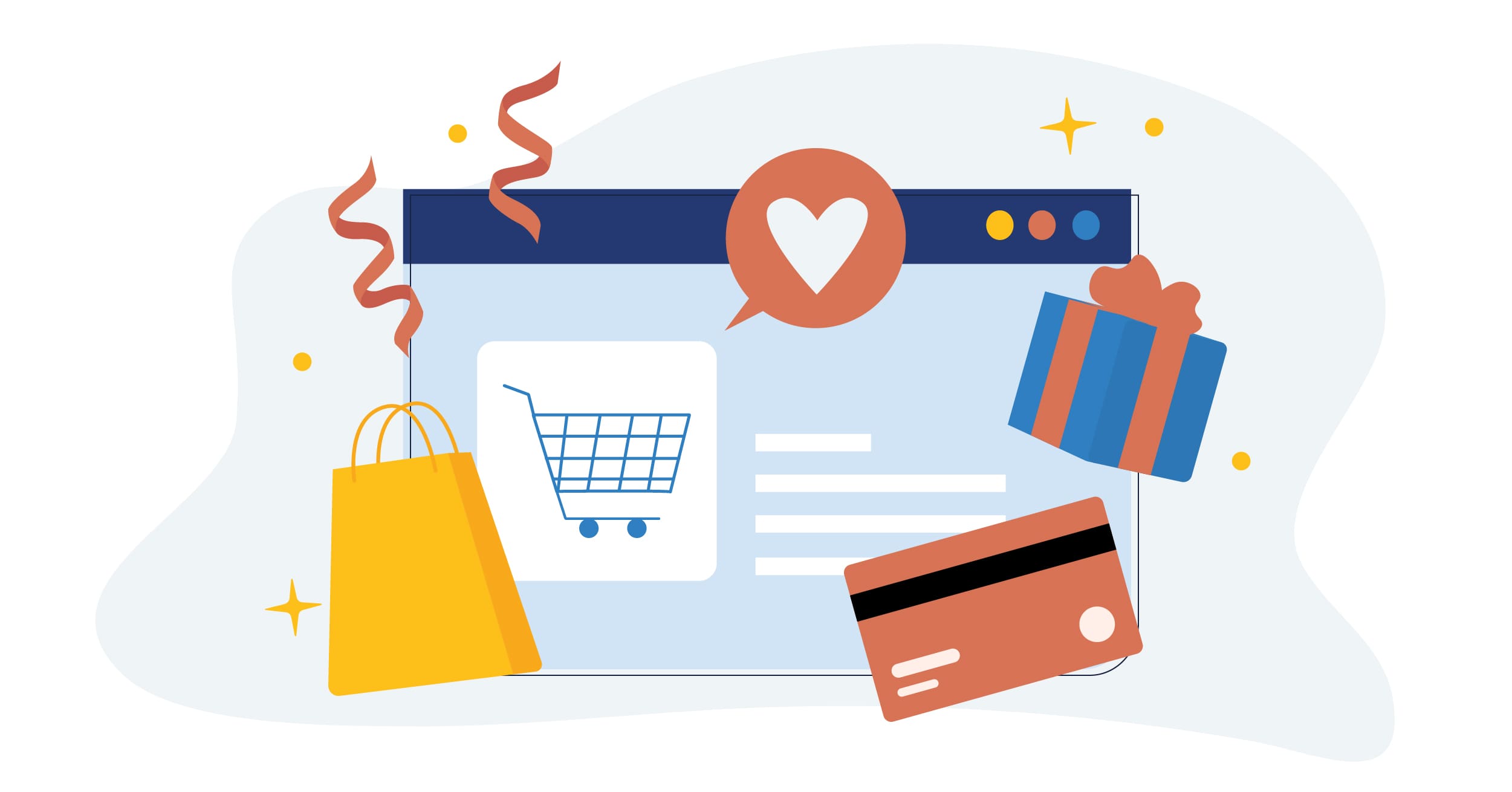
The eCommerce industry is ever-changing. Things move fast and trends come and go. In an industry that’s always evolving, you need to stay on your toes. Jump on a trend too late and you may have to stand on the shorelines as your competitors (and customers) sail on by. If you want to improve your...
By Rachel Andrea Go on October 13, 2022

Need a way for your eCommerce brand to stand out? Turn your attention to acquiring and sharing social proof. From glowing product reviews to heartfelt customer shoutouts, social proof is one of the most effective ways to get your target customer’s attention, build trust and close more sales. 82% of consumers have purchased, researched, or...
By Rachel Andrea Go on October 11, 2022

Want to know Wayfair’s secret to building a $5.6 billion empire? Email marketing. With email users expected to reach a whopping 4.59 billion by 2025 and 65% of consumers anticipating they’ll use digital shopping channels more in the future, email marketing is the solution that growing brands have been looking for. Armed with an effective email marketing...
By Rachel Andrea Go on September 27, 2022
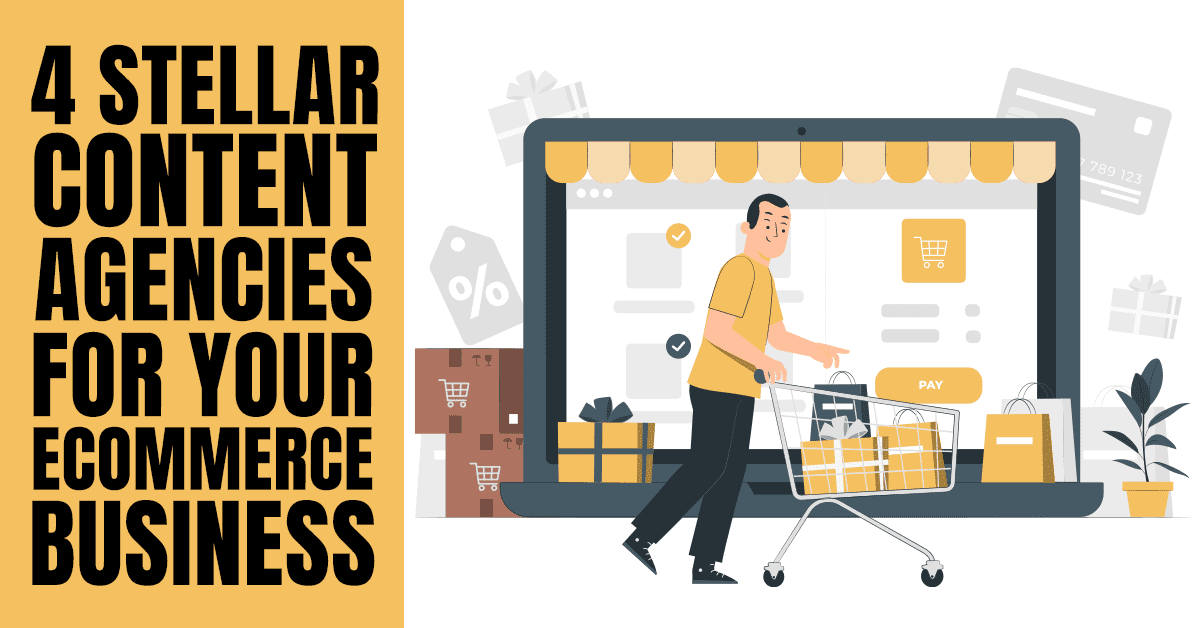
What do NASA, Kroger, and the BBC all have in common? Show-stopping content marketing strategies. Using blog posts, videos, and everything in between, these brands have cracked the code on capturing the hearts and wallets of their target audience with show content. And it’s easy to see why. Not only are there five billion digital...
By Rachel Andrea Go on September 22, 2022

With online shoppers reaching 2.14 billion in 2021 and eCommerce sales forecast to hit $7.4 trillion by 2025, maximizing sales opportunities should be on every growing brand’s to-do list. To get a bigger slice of the eCommerce pie, it’s wise to launch engaging pay-per-click (PPC) ads to complement your organic and social media marketing. Nowadays, there are...
By Rachel Andrea Go on September 13, 2022

With more than two billion people buying online in 2020 alone and eCommerce tipped to make up for 24.5% of retail sales by 2025, owning an online store is seemingly where the party is at. However, these impressive statistics don’t answer the niggling question on many eCommerce entrepreneurs’ minds, “can I make a solid return...
By Rachel Andrea Go on July 19, 2022
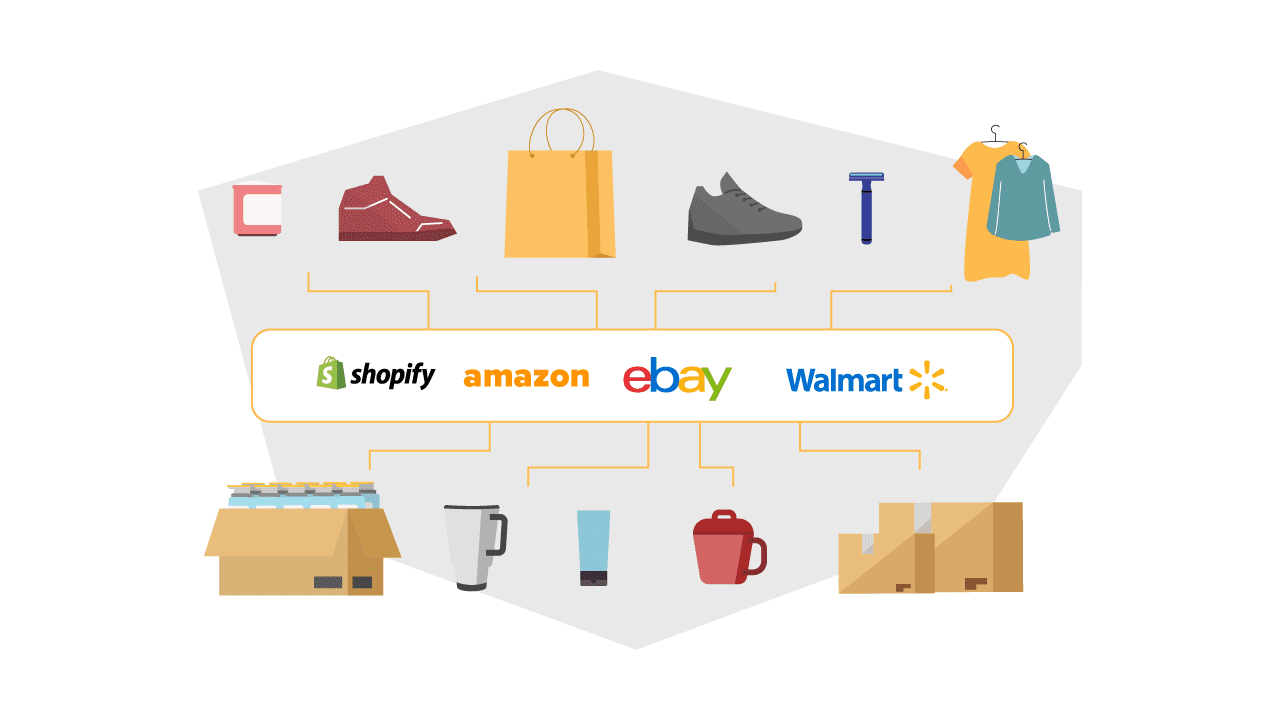
Many online sellers choose to perfect a particular sales channel, essentially putting all their eCommerce eggs in one basket. The real secret to success, however, lies in multi-channel selling; rather than relying on one, amplify your brand presence across multiple sales channels to achieve optimal results for your business. You’ll reach a wider variety of...
By Rachel Andrea Go on June 07, 2022
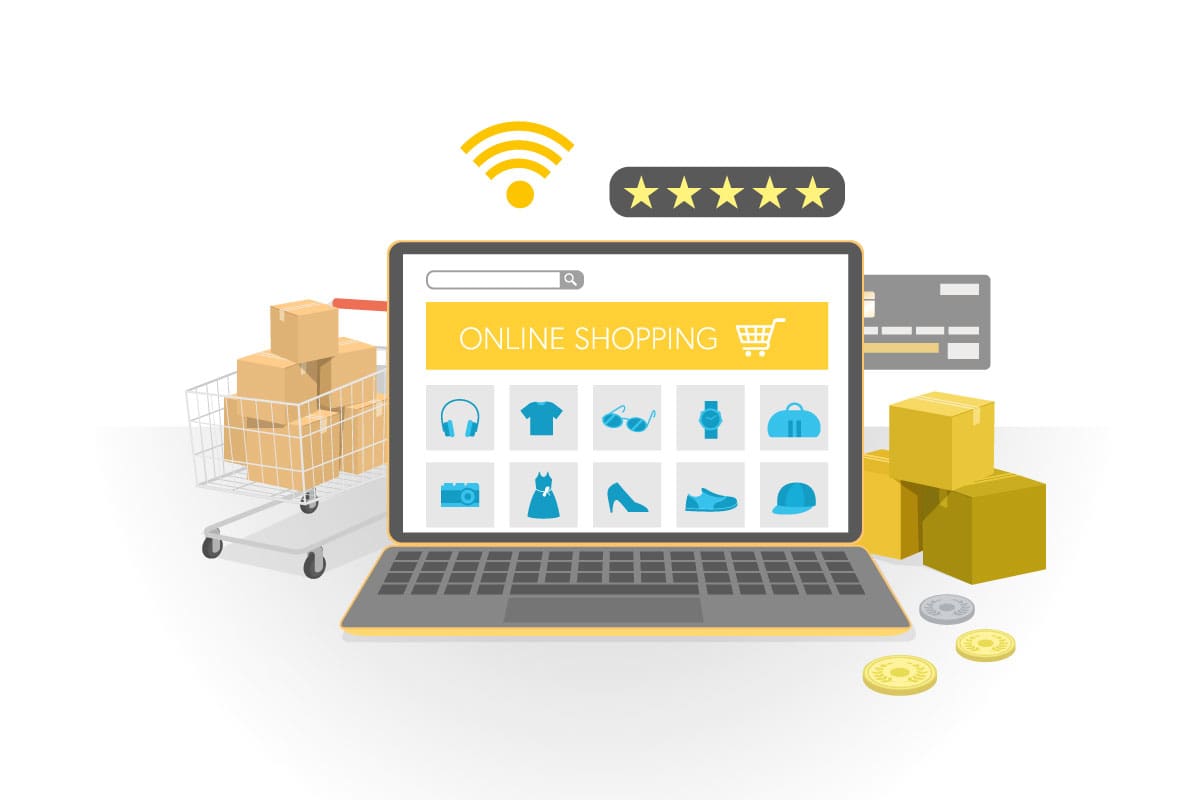
This is a guest post from Rick Wong. Rick is the founder of SellerMetrics, an Amazon PPC Software. Having worked in some of the world’s largest financial institutions in Canada, he ventured into Amazon selling in 2017 and sold his Amazon business four years later. The term “ACoS” has become a catchphrase among Amazon sellers....
By Guest on June 02, 2022
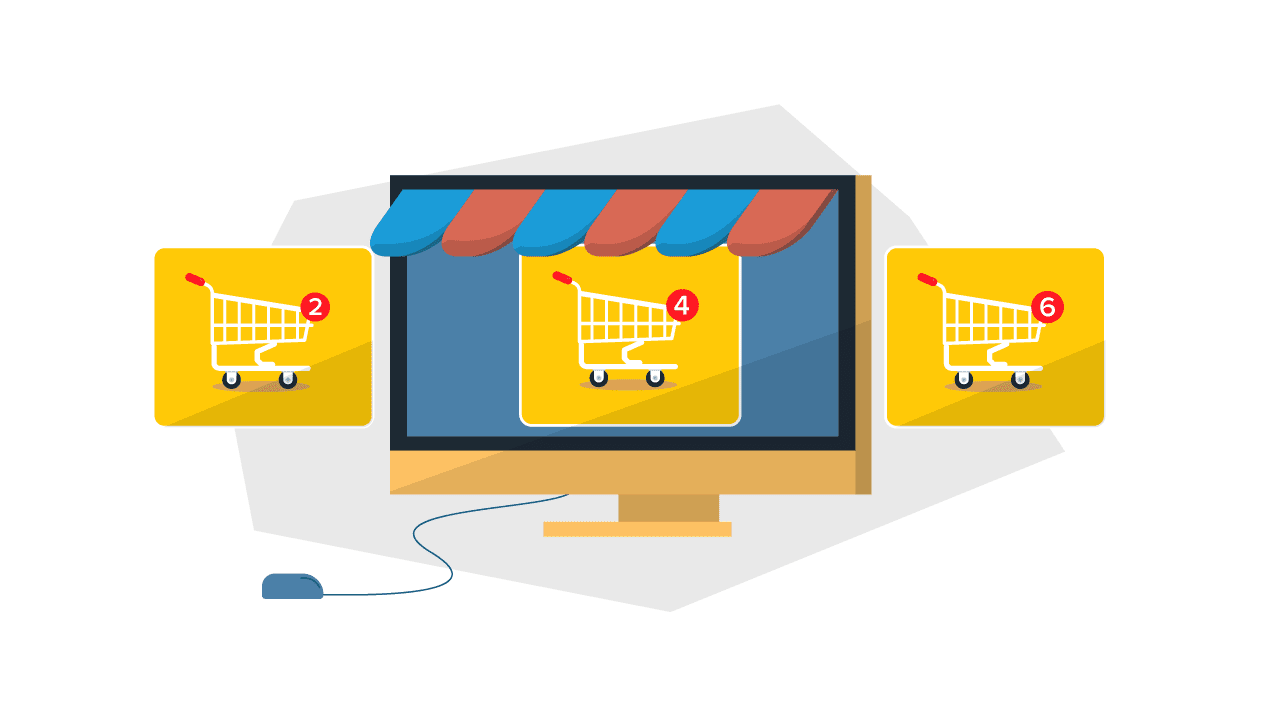
As an eCommerce entrepreneur, you have multiple ways to grow your sales. However, many brands struggle to harvest the most value from each customer who visits their site (without spending an arm and a leg on new advertising and marketing). If traffic to your website is high and customers are following through on purchases, you...
By Rachel Andrea Go on April 28, 2022

The first thing you do when you arrive on an eCommerce landing page is start scrolling, sometimes even before the page has fully loaded. This is often an automatic, subconscious behavior. The elements you see as you scroll, and the order you encounter them in, all contributes to your brand and buyer experience. High performing...
By Rachel Andrea Go on March 31, 2022
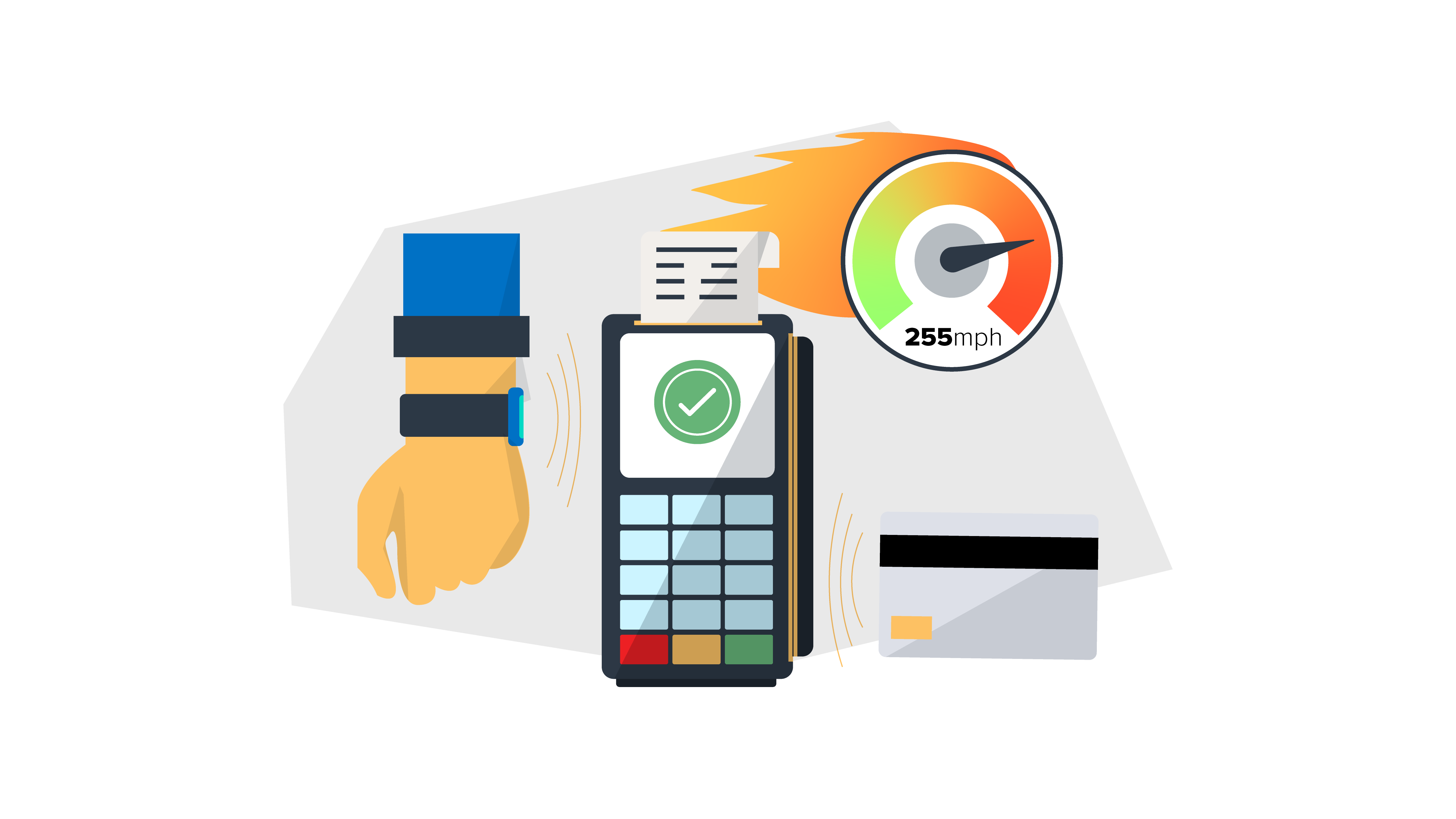
As a business owner, you’ve (hopefully) spent a lot of time thinking about the design and functionality of your eCommerce site. The overall flow of your website impacts how satisfied your customers are, and that includes the checkout process. This is a critical stage in the buying process, as the average cart abandonment rate across...
By Rachel Andrea Go on March 15, 2022

Your organic content — be it social media posts, email marketing, blog articles, or something else — is the fuel for all your acquisition efforts. Organic social media posts that receive glowing engagement can be boosted as paid social media ads. Clever landing page copy drives ad campaign performance and inspires people to take action....
By Rachel Andrea Go on March 08, 2022

We’ve all been there: perusing an online shop, adding an item or two (or fifteen) to our cart. Perhaps we’re shocked by our lack of self-control, having placed far more than we needed into the cart. Maybe the taxes were higher than we thought, or unexpected shipping costs jarred us. It’s possible we’ve simply run...
By Rachel Andrea Go on February 22, 2022

For many eCommerce professionals, a lot of time and marketing budget is spent on acquiring new customers to increase revenue. Granted, attracting new customers is important for your overall business success, but it’s equally important to convert new customers into repeat business. This channels your marketing efforts and resources into customer retention, which can actually...
By Rachel Andrea Go on February 03, 2022

Customer acquisition and conversion rate are important for eCommerce success. An often overlooked tool to boost both of these is user-generated content (UGC), which merchants can encourage and utilize within the buying process. User-generated content is a goldmine of social proof, referral networks, and interesting new use cases for your products. In this article, we’ll...
By Rachel Andrea Go on December 28, 2021
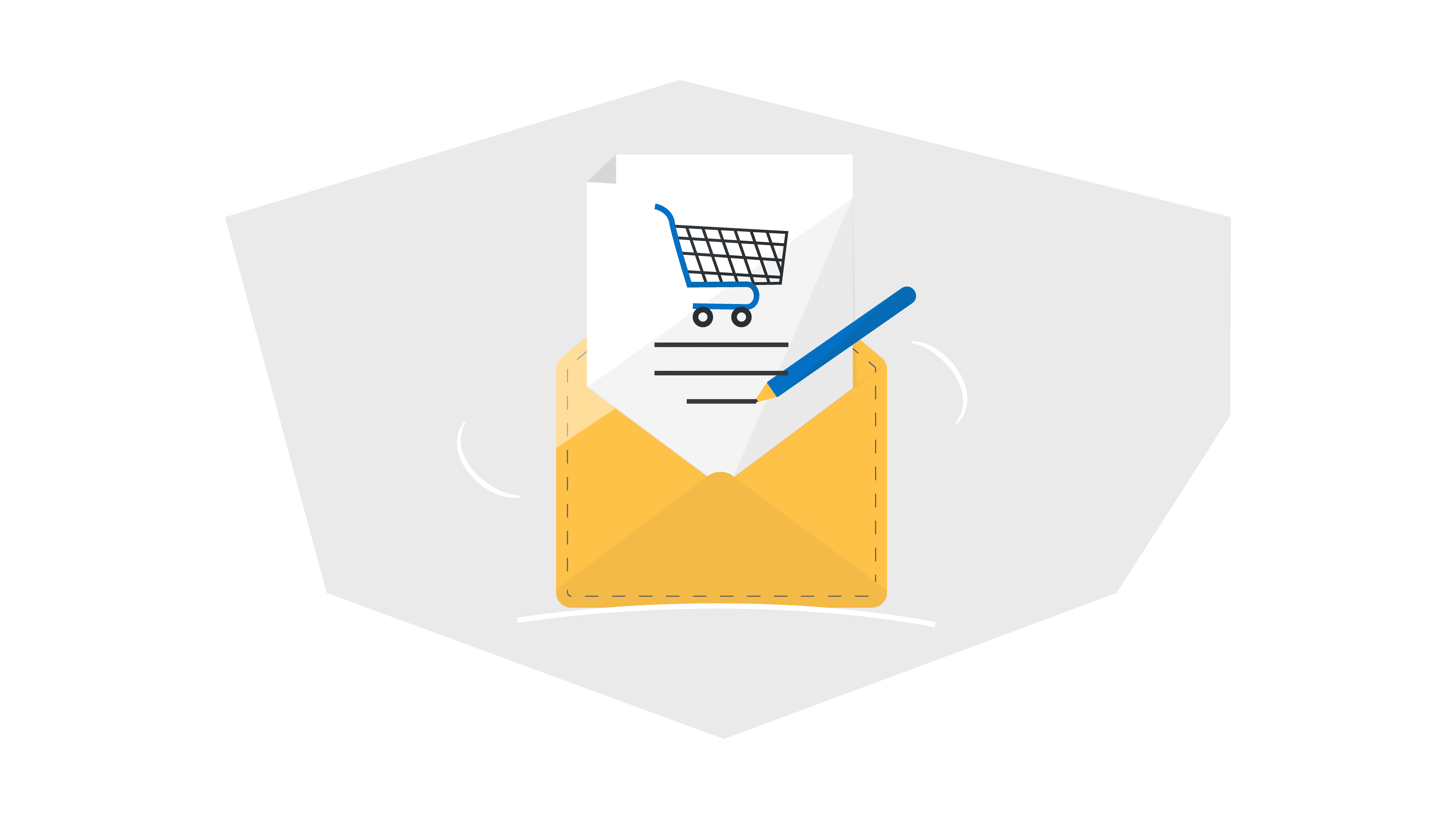
Your inventory levels are fully stocked, your marketing campaigns are flying out, and you have a constant stream of people visiting your website. It sounds like a recipe for success, right? Not necessarily. You’ve forgotten one crucial element: shopping cart abandonment. Over 88% of online shopping orders are abandoned. If you neglect abandoned shopping carts,...
By Rachel Andrea Go on December 02, 2021
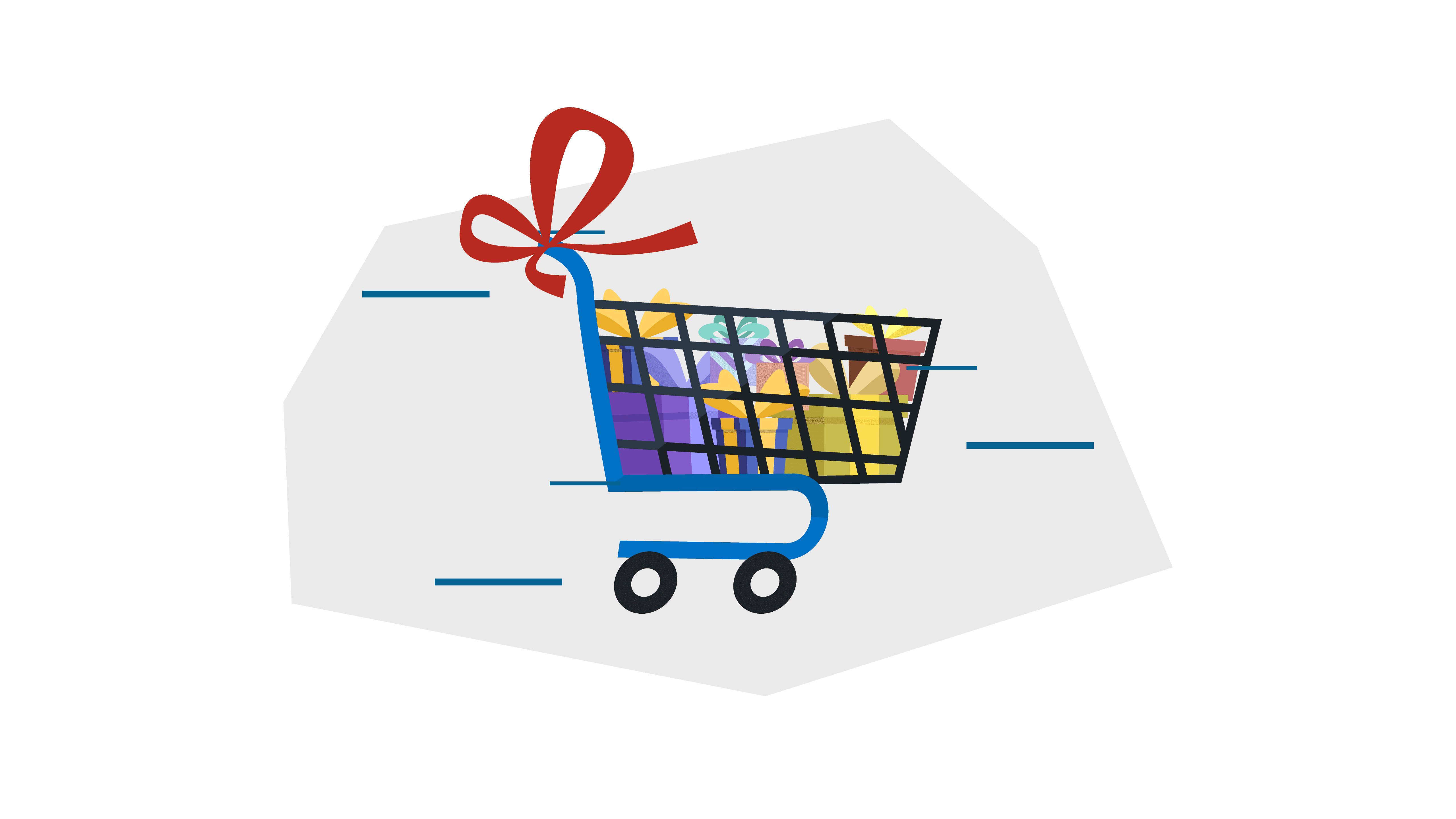
It’s a familiar scene: You’re in the grocery store when you spot some free samples. You immediately make a beeline for the sample stall, curious to see what’s on offer. The next thing you know, you’ve filled your cart with the trial product. Research shows that offering free samples can immediately boost sales. It can...
By Rachel Andrea Go on November 30, 2021

Who would you pick: a customer who purchases one high-ticket item from your site, but never returns, or a customer who makes hundreds of smaller purchases from you over the course of 10 years? The answer is simple: In most cases, you’d pick the person who buys from your site repeatedly. Not only is the...
By Rachel Andrea Go on October 28, 2021

For DTC brands, a social media presence is all but a prerequisite for remaining competitive. It’s an excellent channel for customer acquisition, and doubles as a way to listen to your customers and collect their feedback. Not only is social media teeming with opportunities to engage new audiences, but most customers now expect your brand...
By Rachel Andrea Go on September 16, 2021
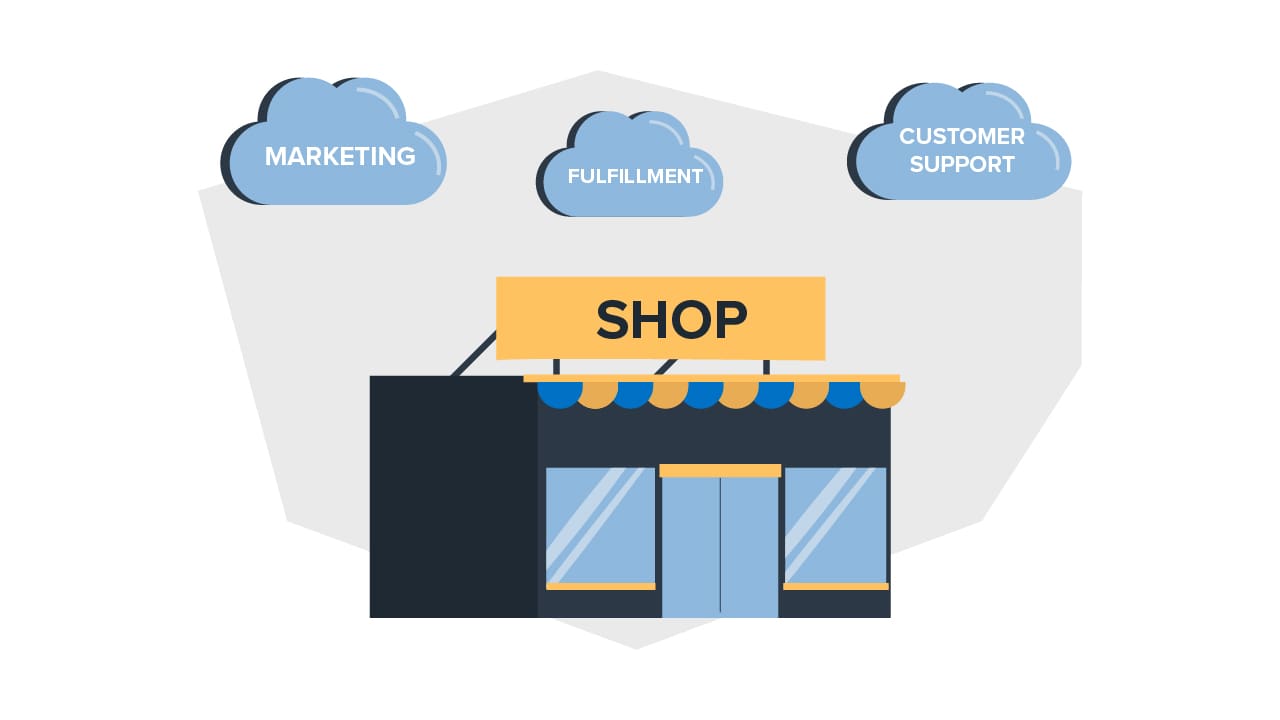
When first starting an eCommerce business, you may be surprised to learn there’s far more involved than just buying and selling stock. You also need to manage the order fulfillment process, finances, marketing, customer service, product development, and more. As your business grows, you may reach a point where you need to outsource to avoid...
By Rachel Andrea Go on September 07, 2021

This is a guest post from Brooke Morrow. Brooke is a Paid Marketing Manager at Kaspien, an eCommerce company that offers a full suite of seller tools to help brands sell online. Brooke has years of experience running advertising accounts across Facebook, Google, Instagram, Yelp, and other social platforms for Fortune 500 companies and local...
By Guest on August 03, 2021

This holiday season will be record-breaking, with shoppers more likely to splurge after a turbulent year. However, this season is unlike any other holiday season you’ve seen before, with a vast increase in competition, comparison shopping, and cart abandonment. To end 2020 on a record-breaking note, you need to plan now, and we’re here to help...
By Guest on October 14, 2020
